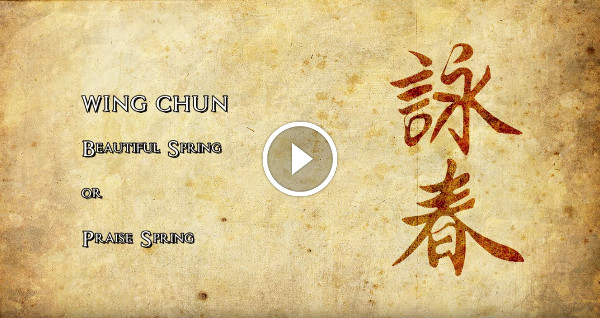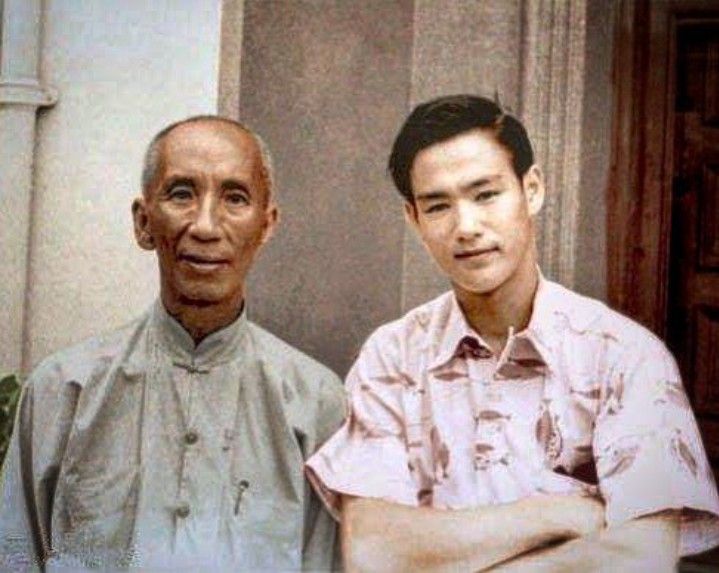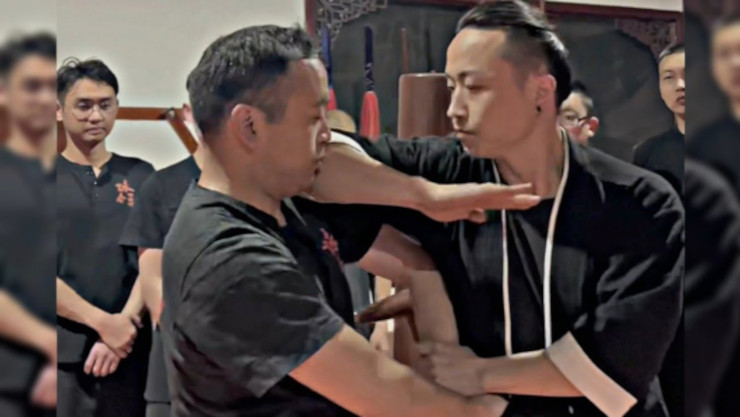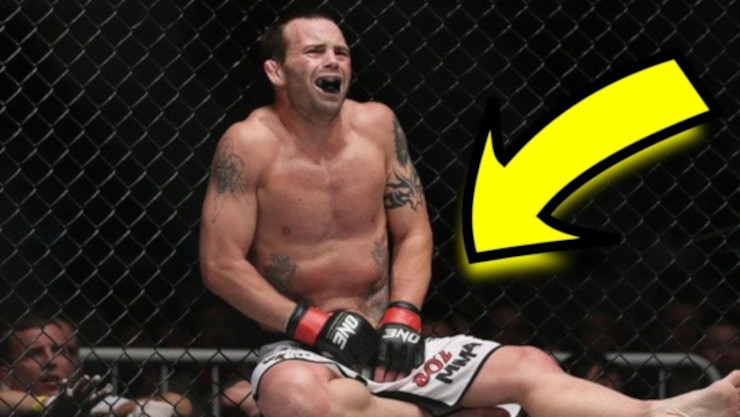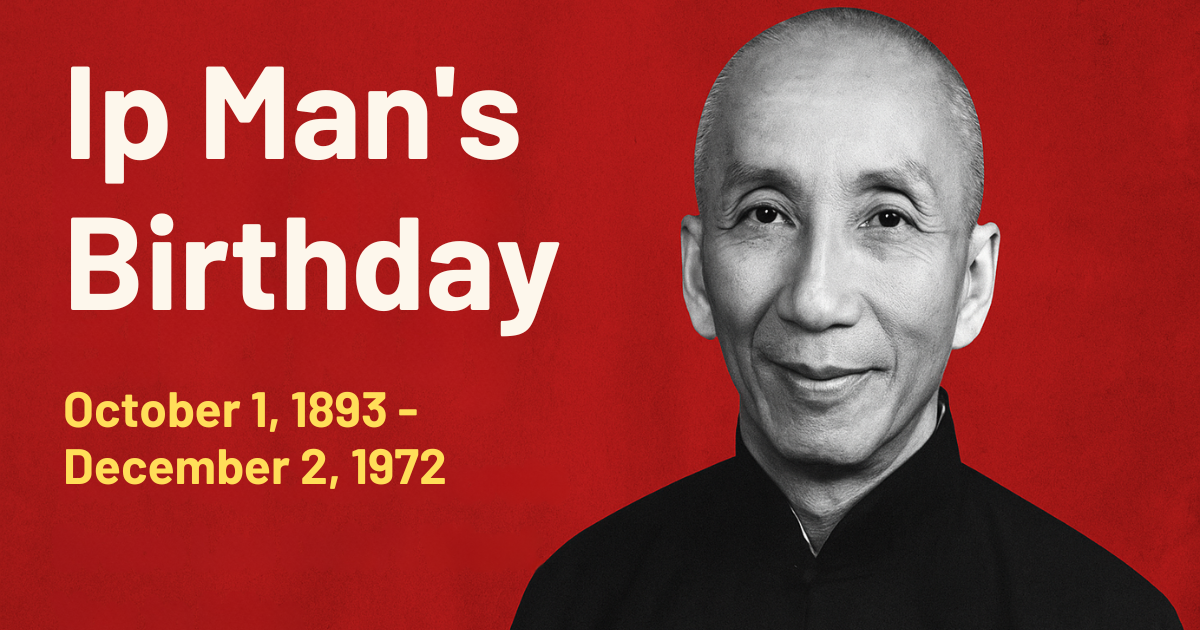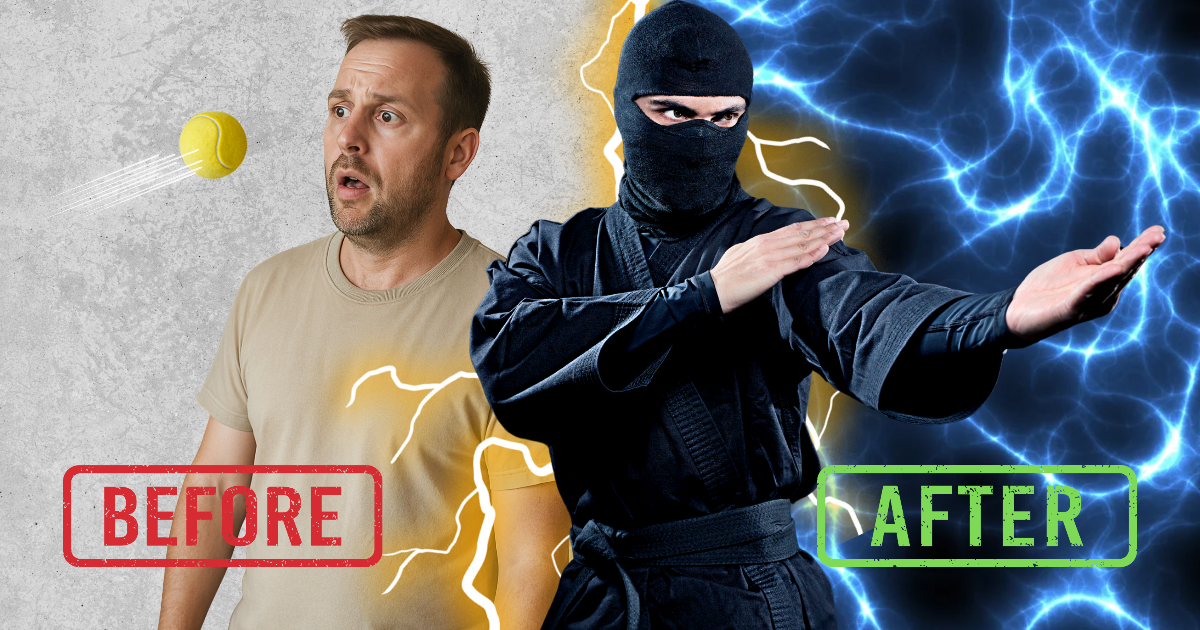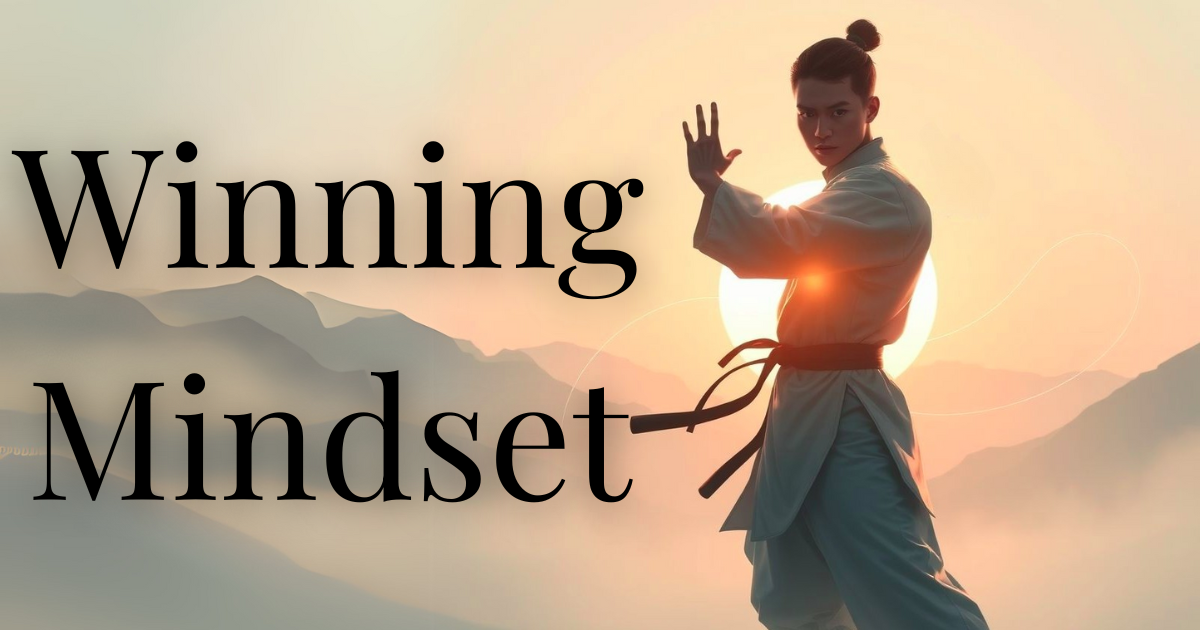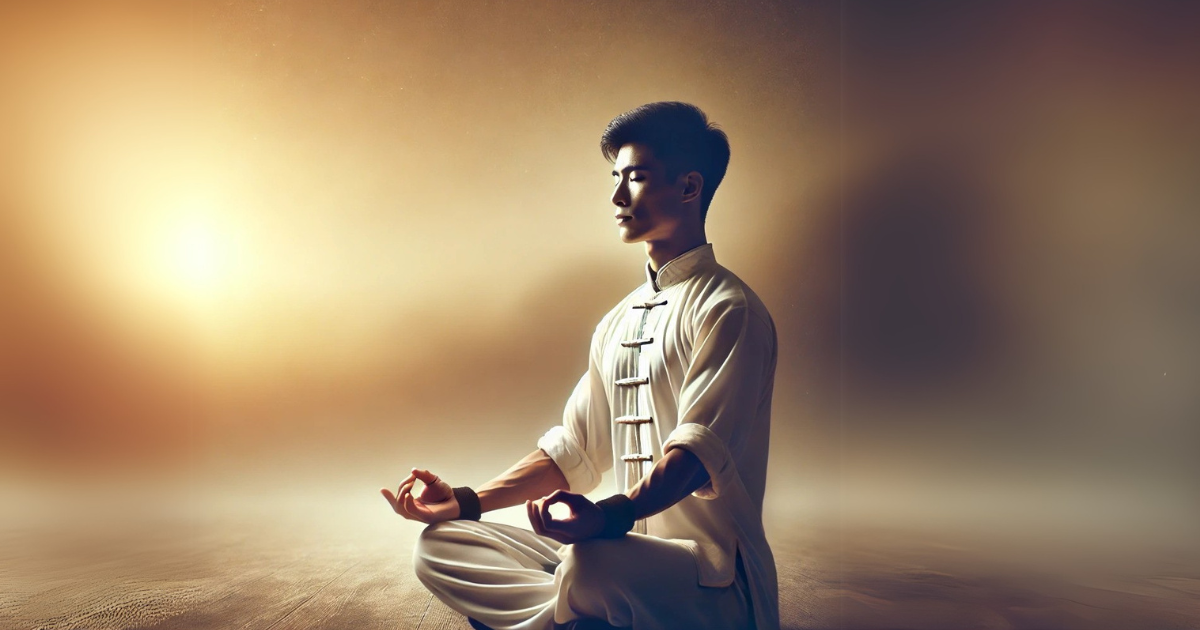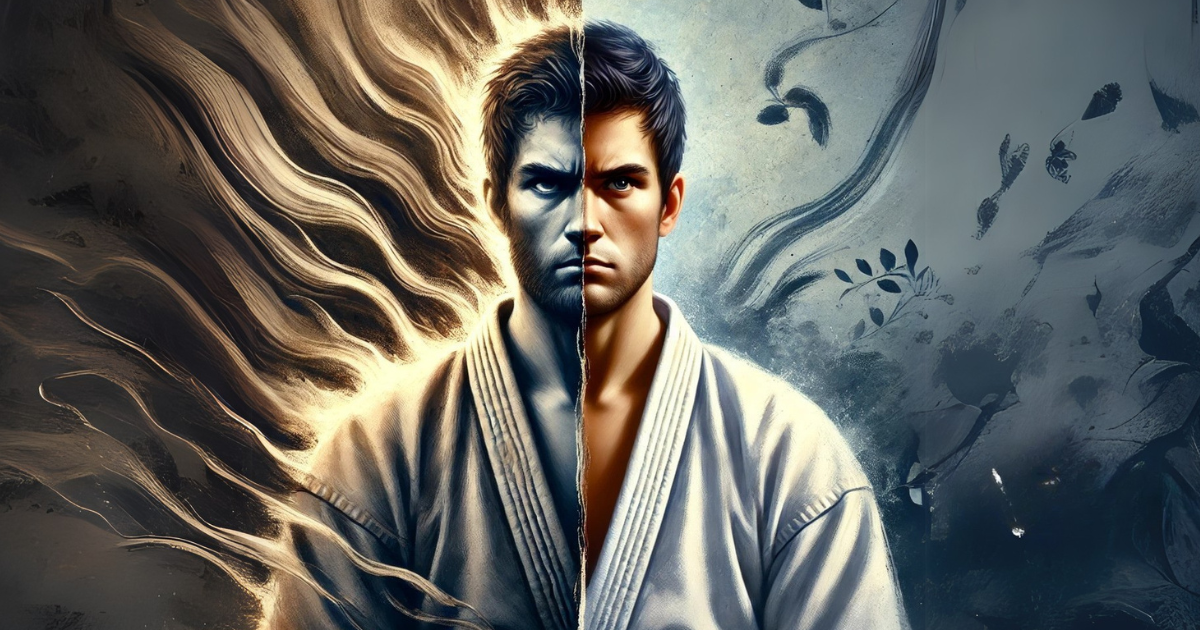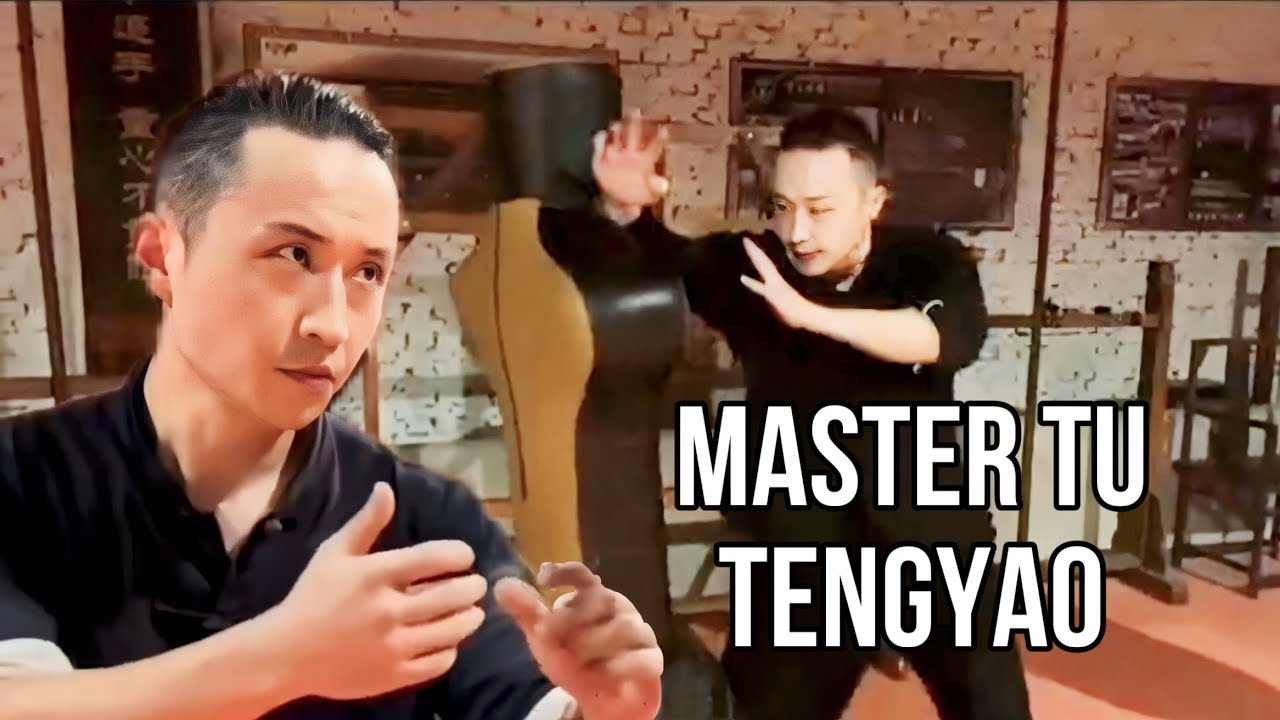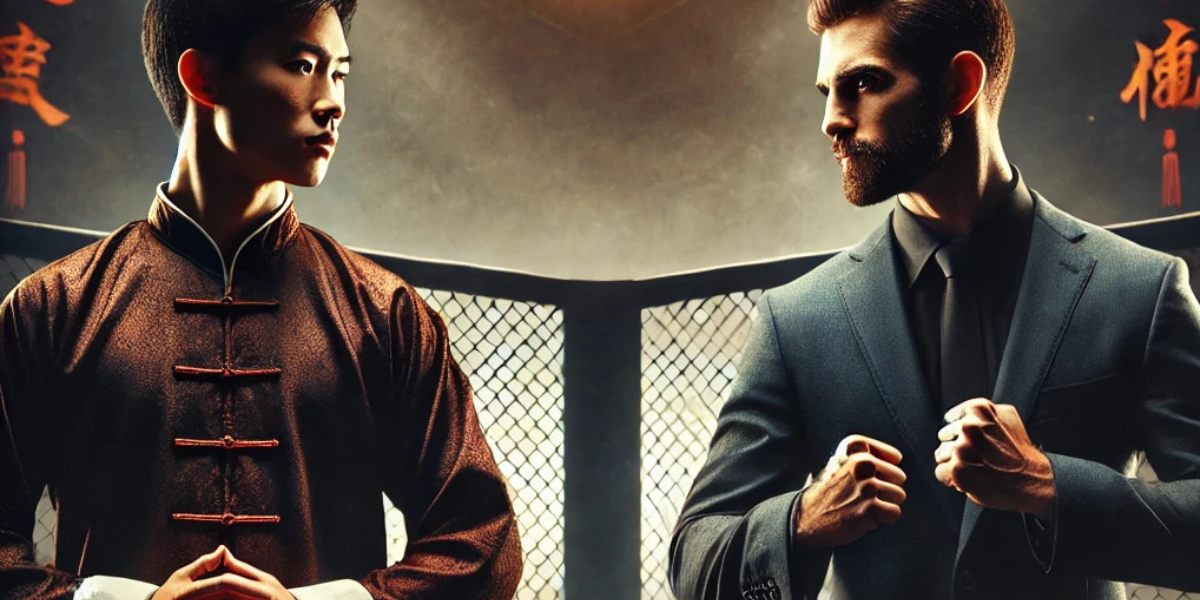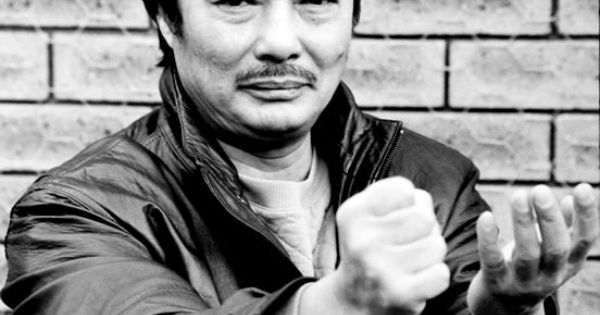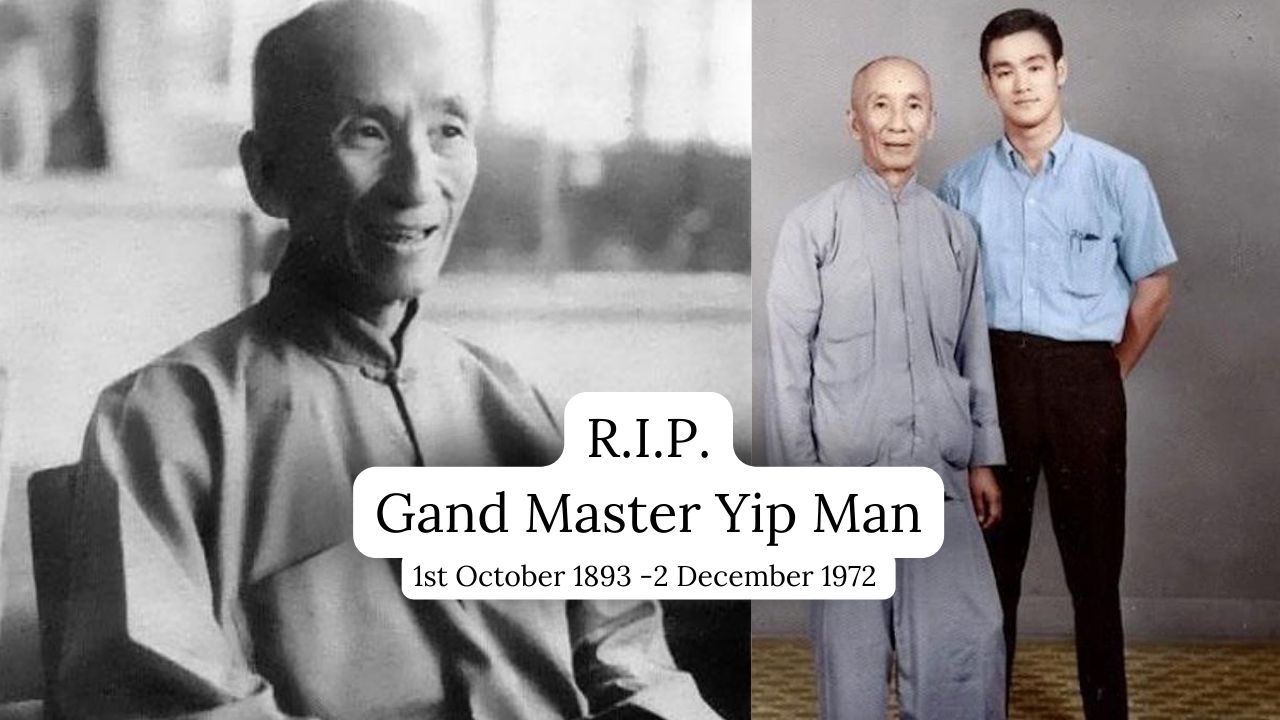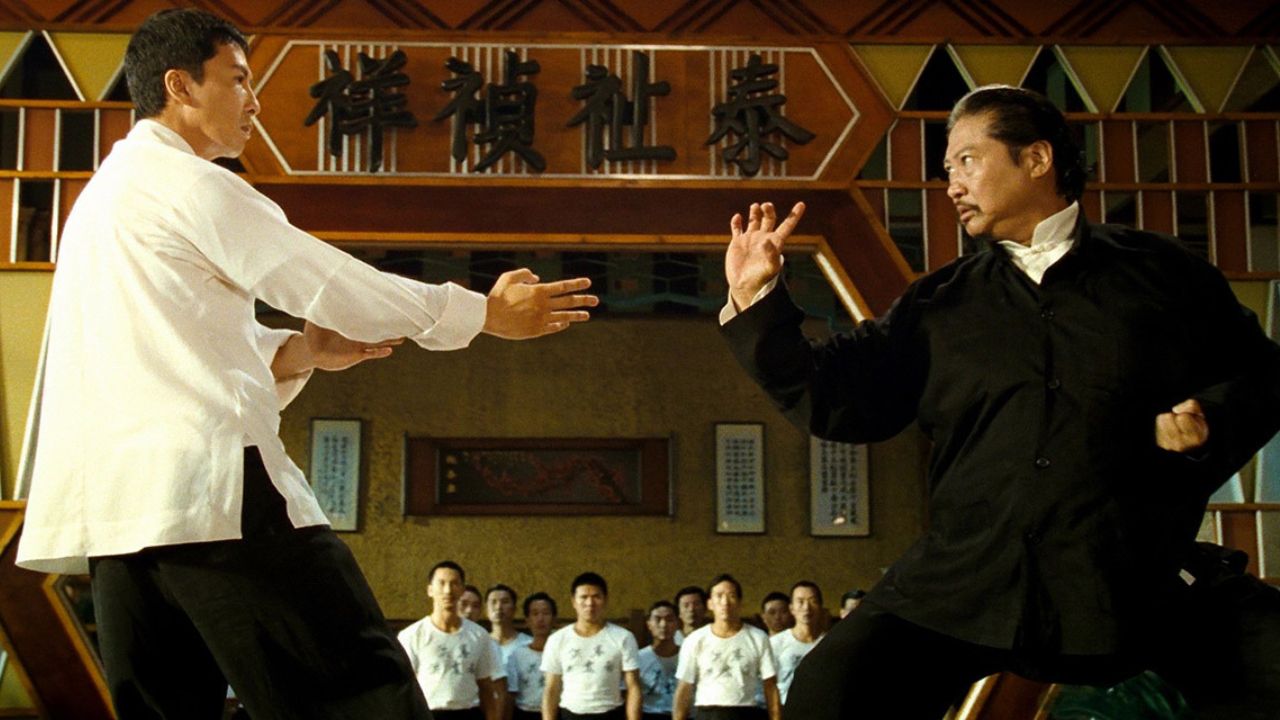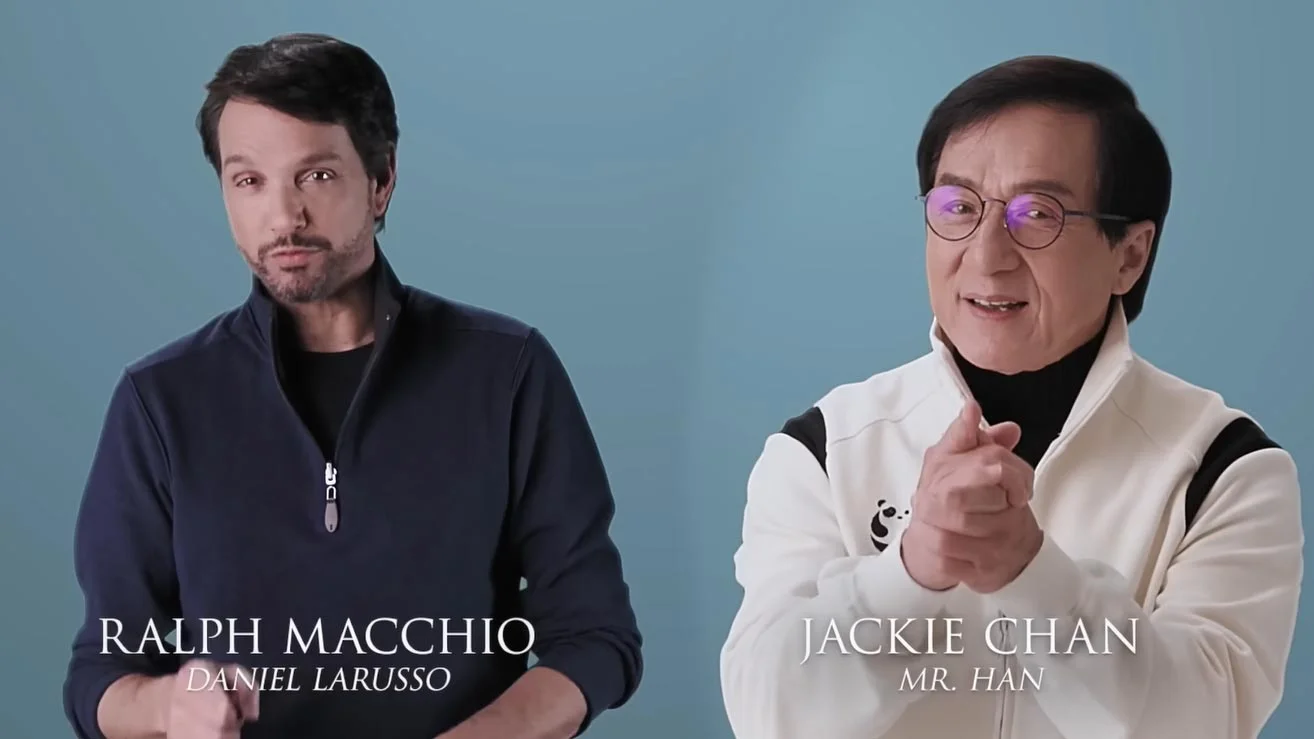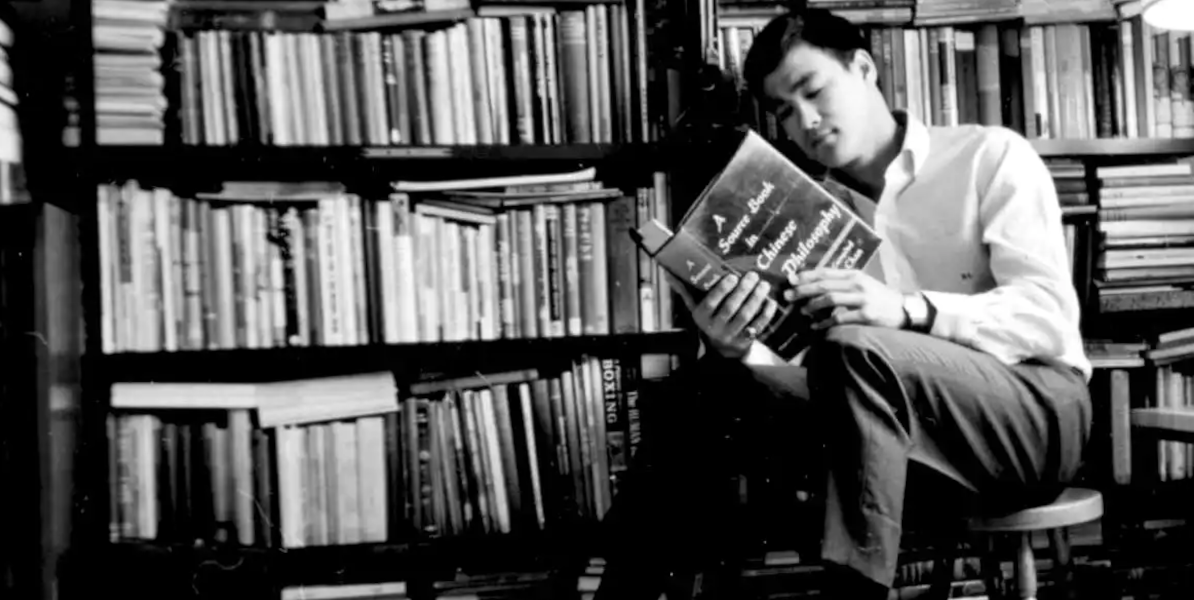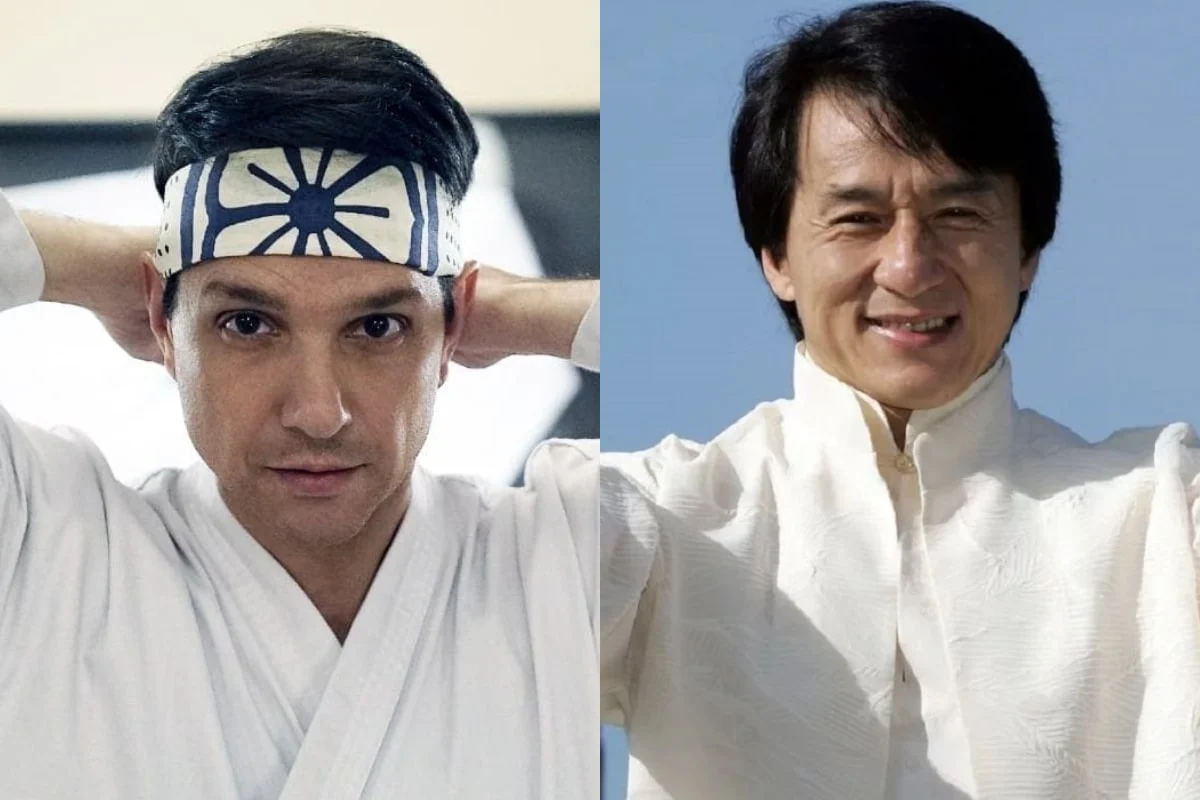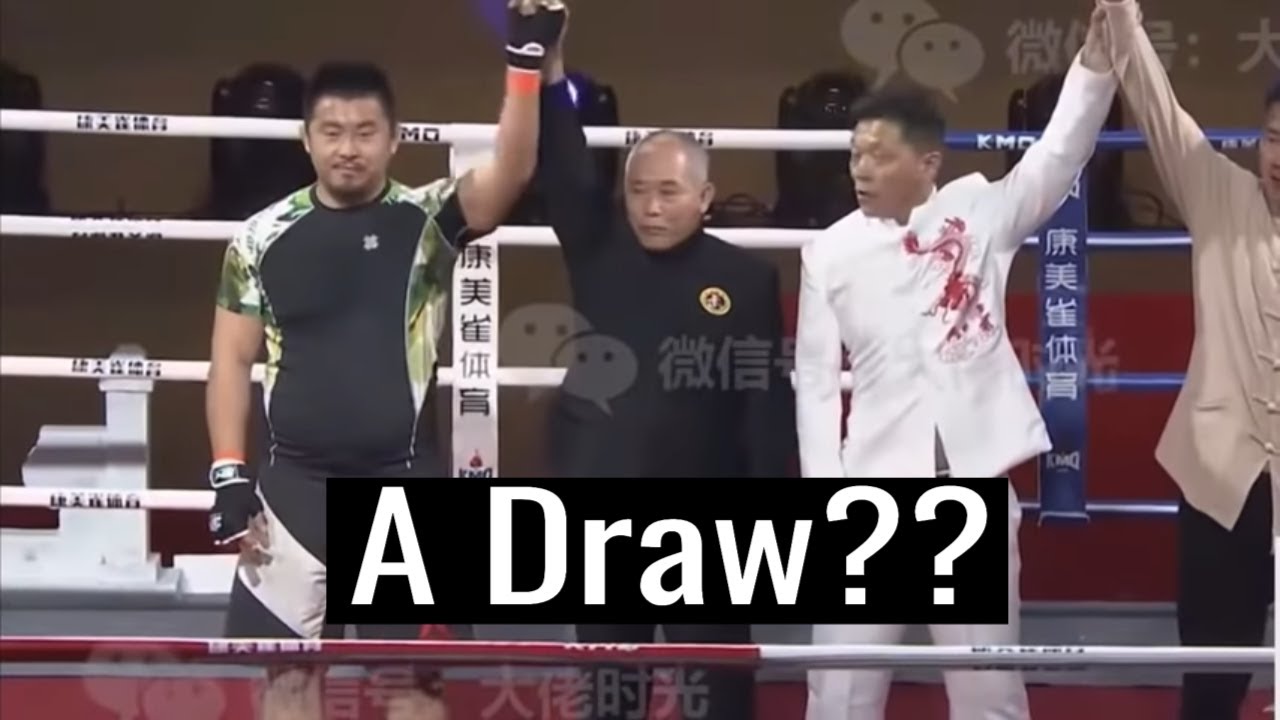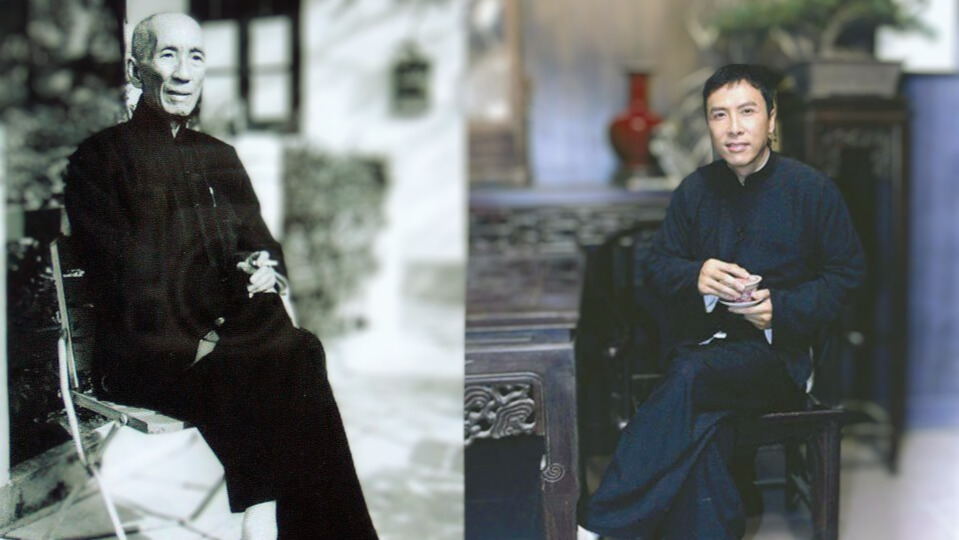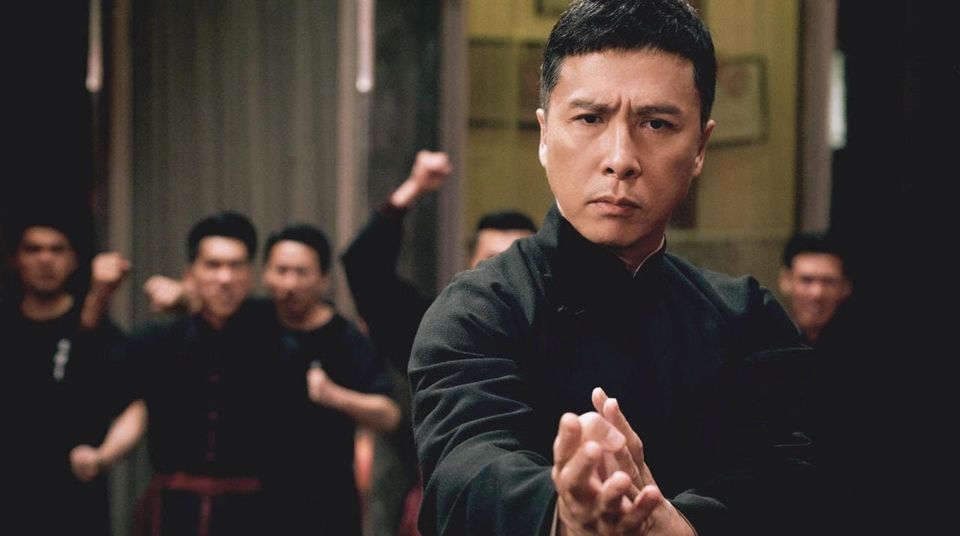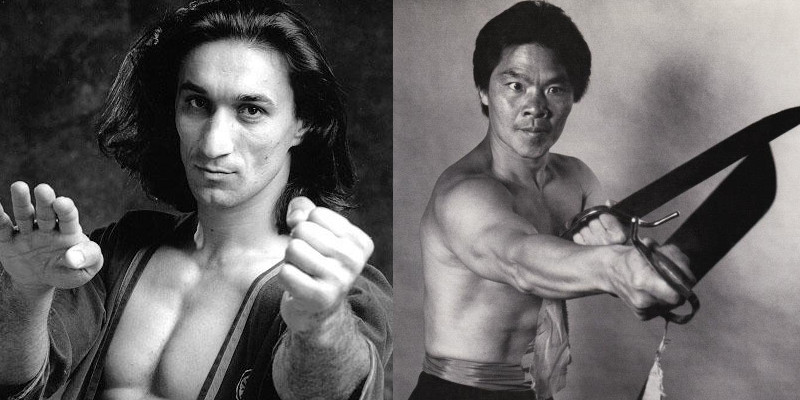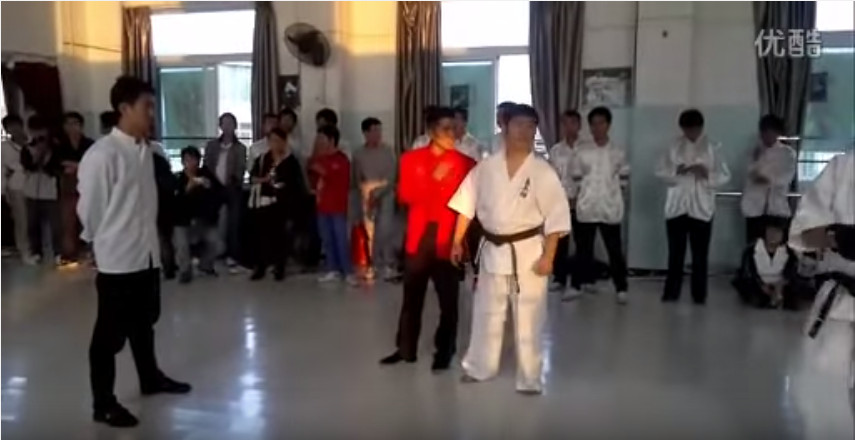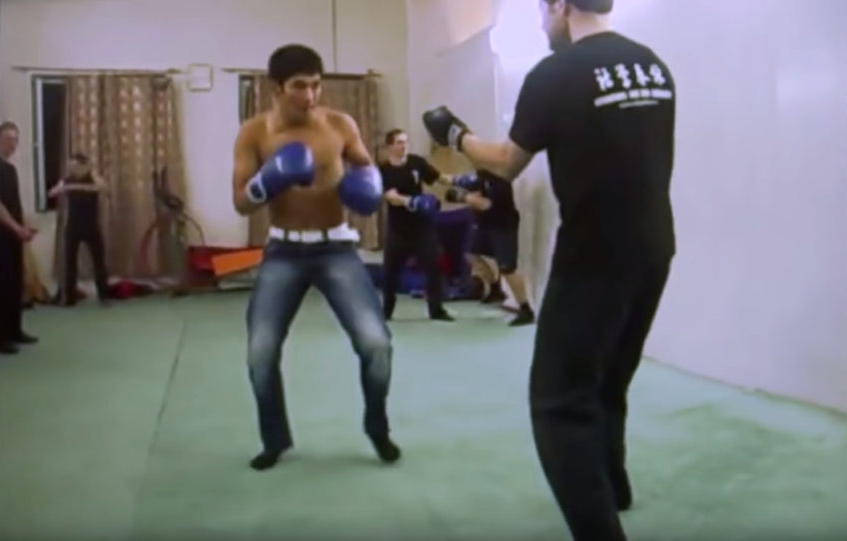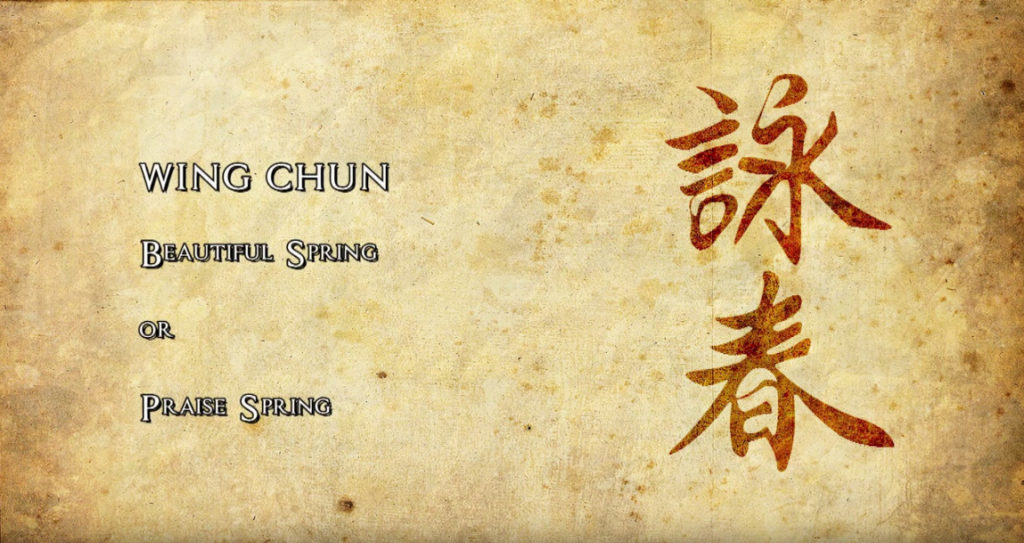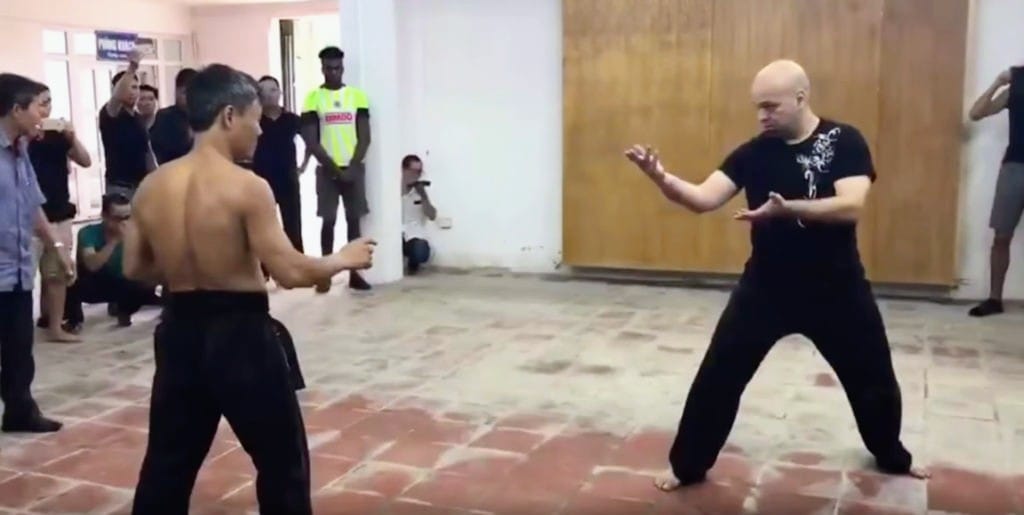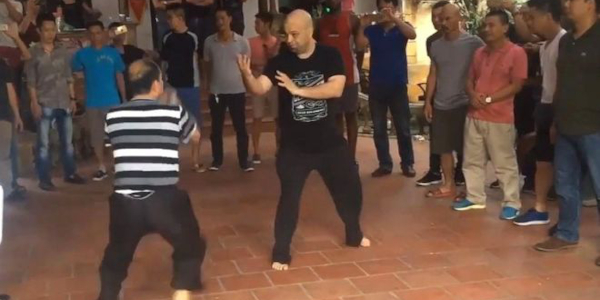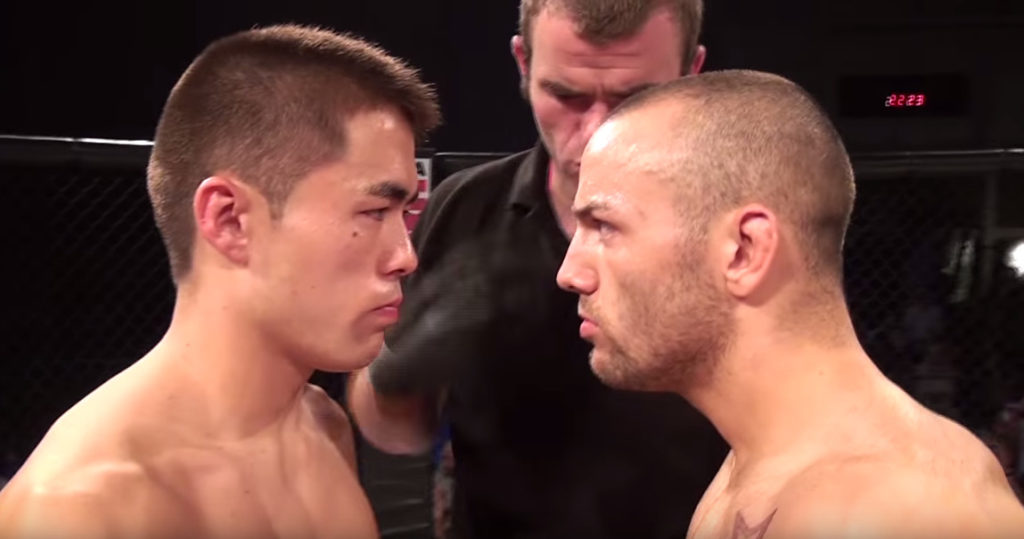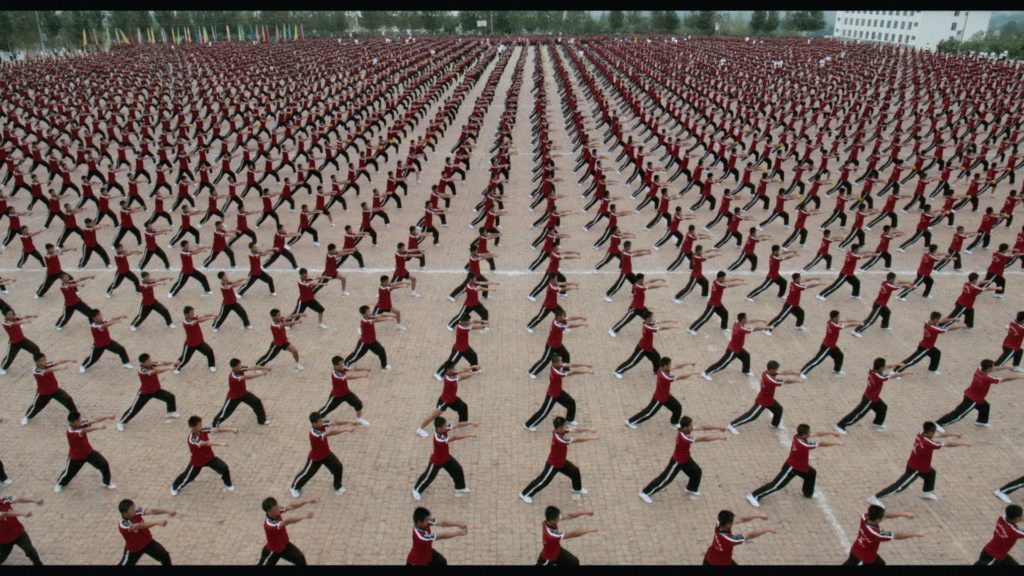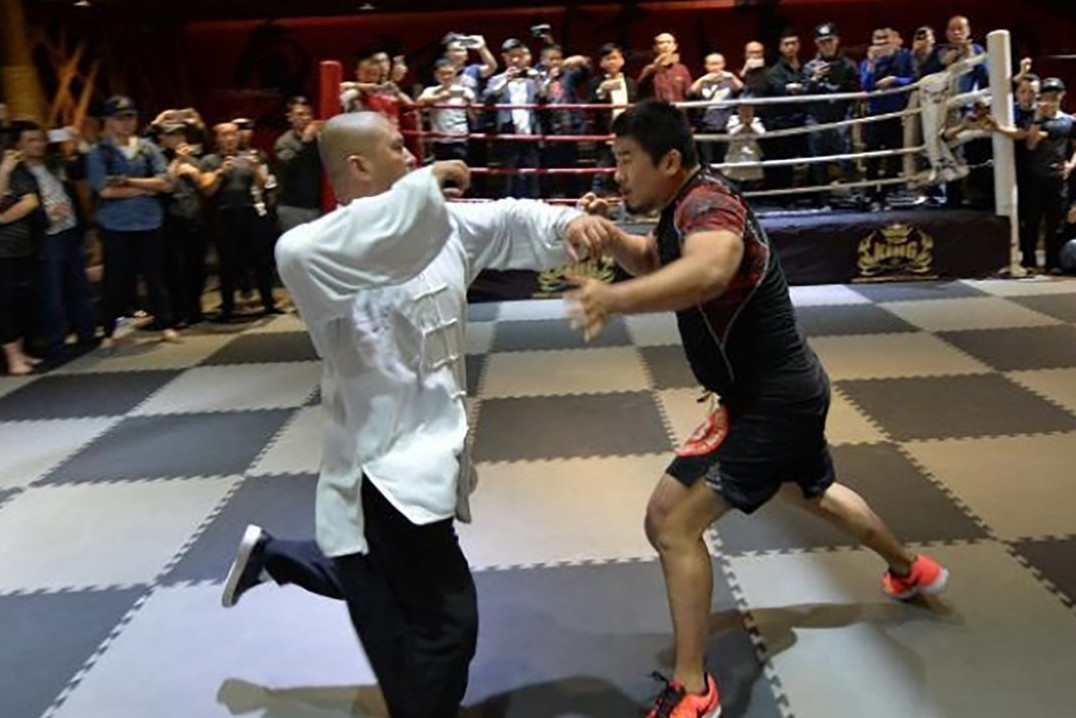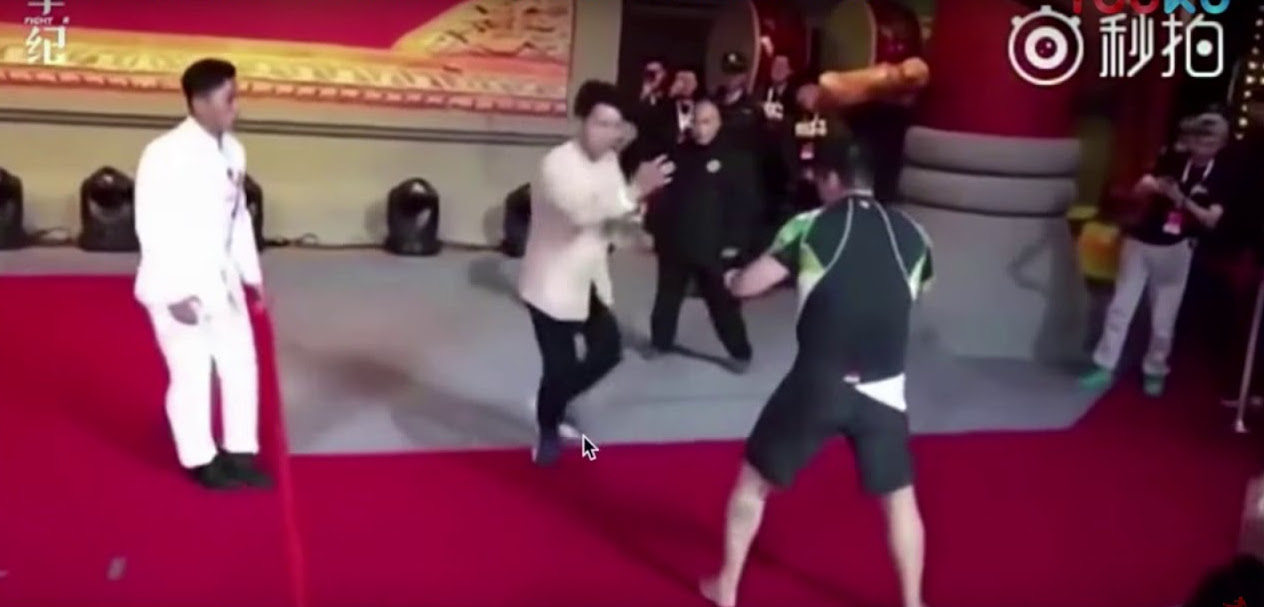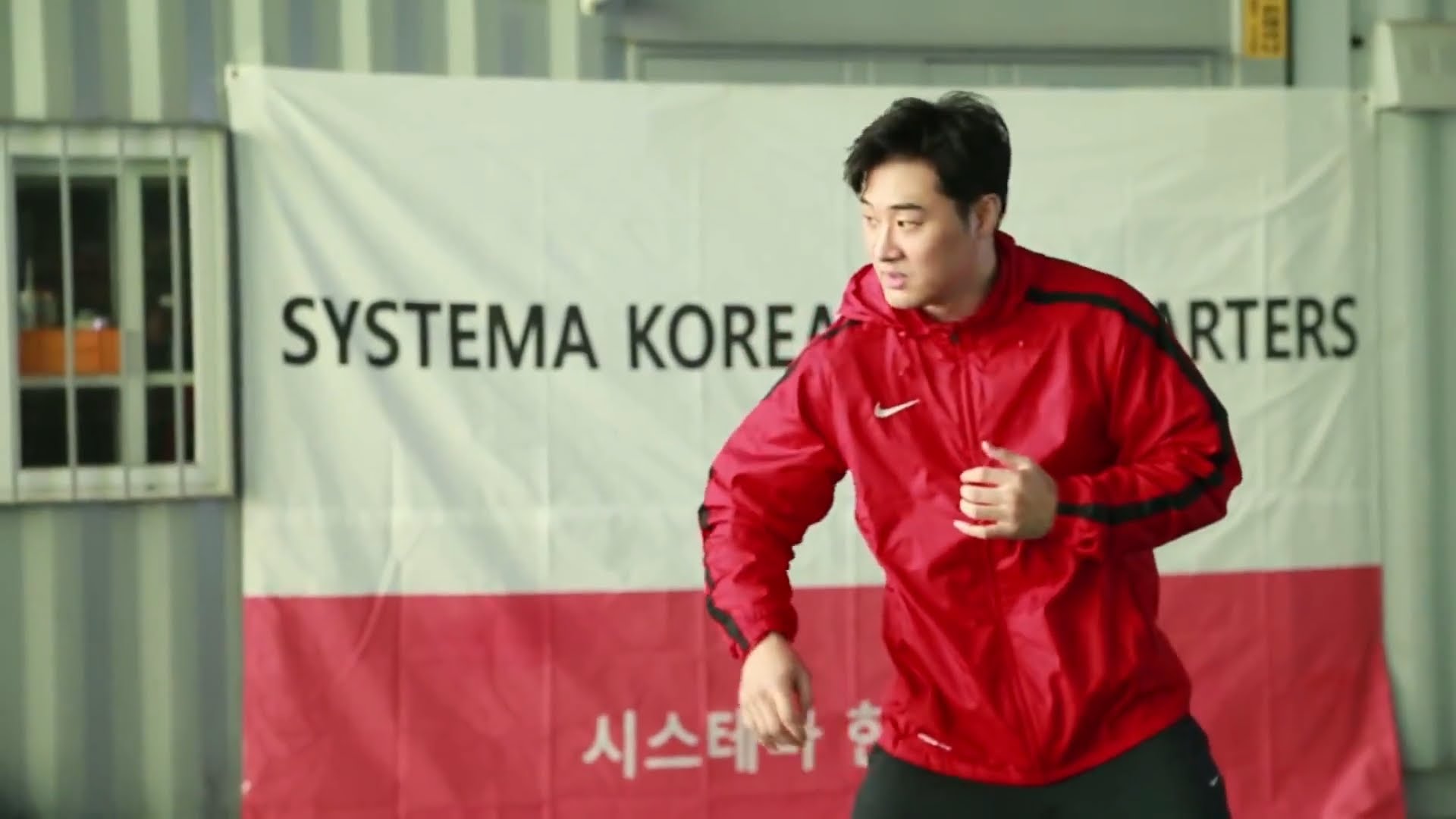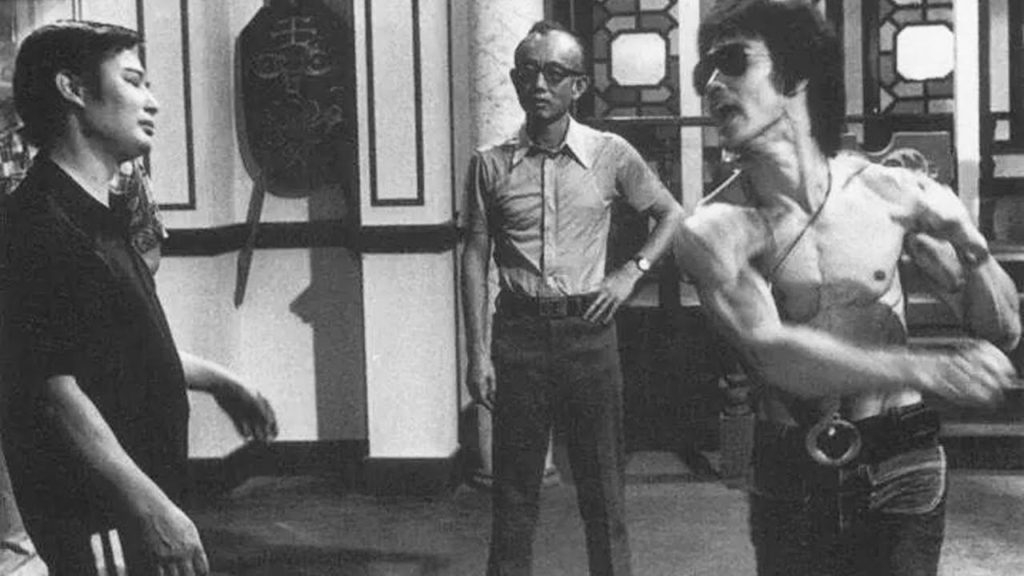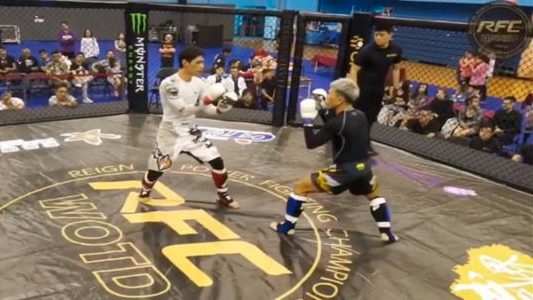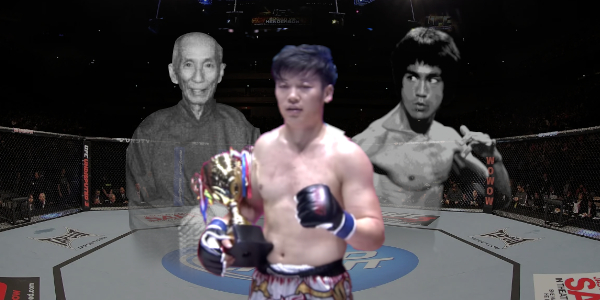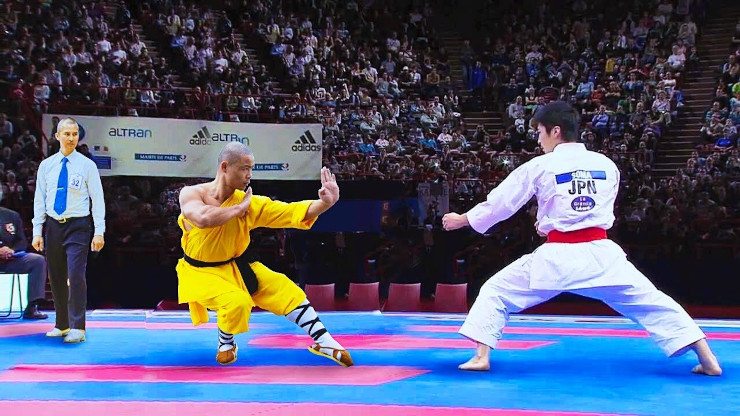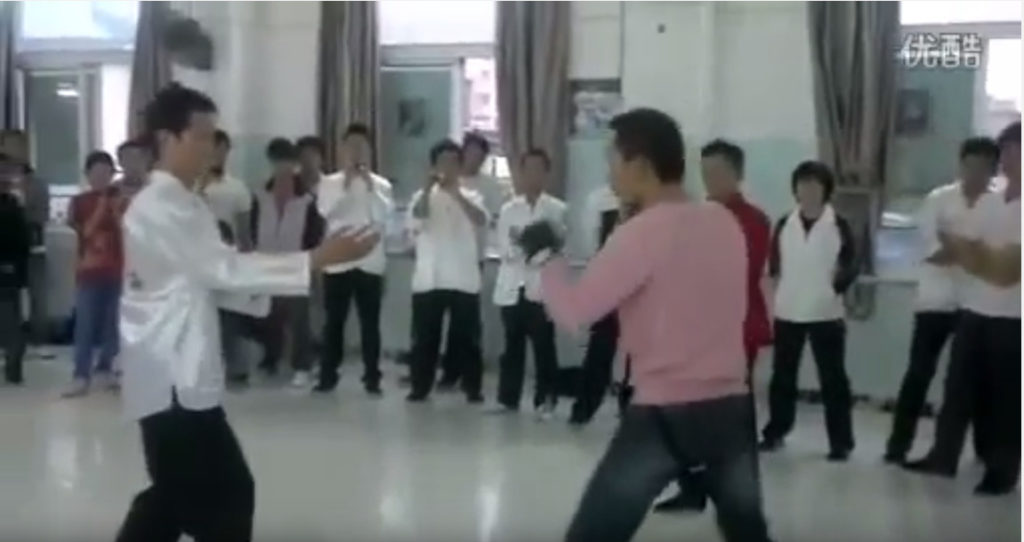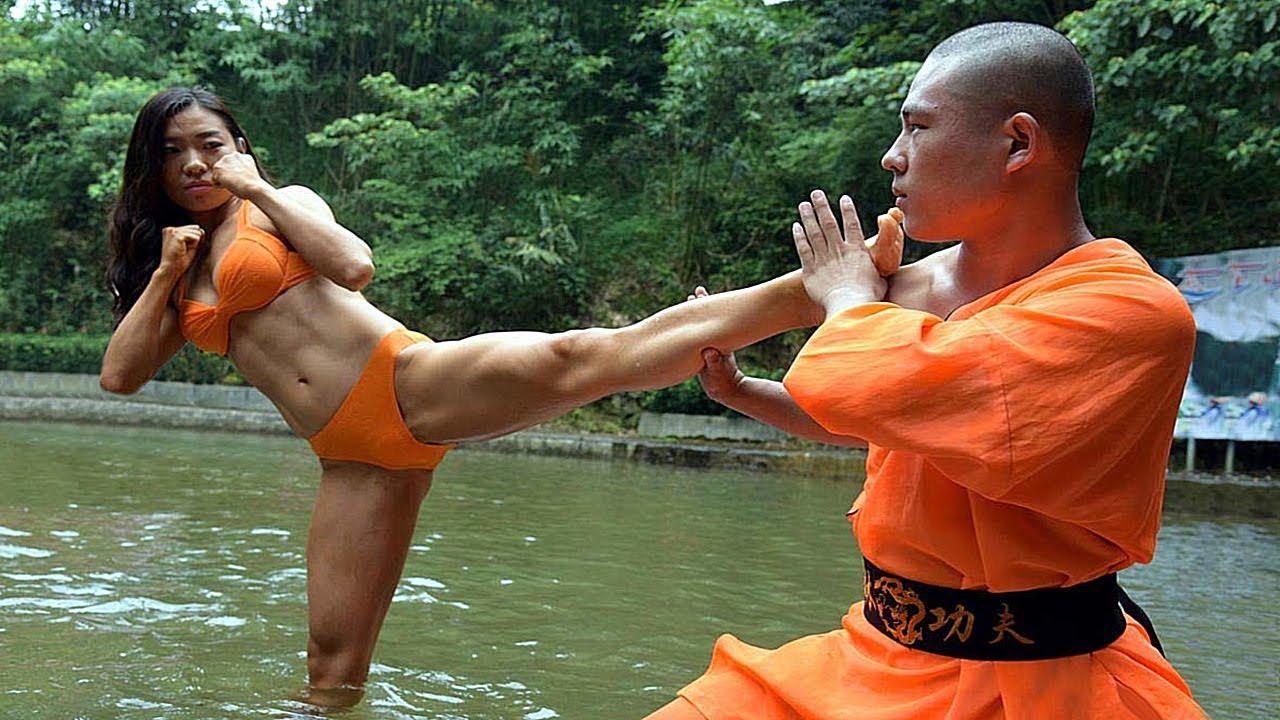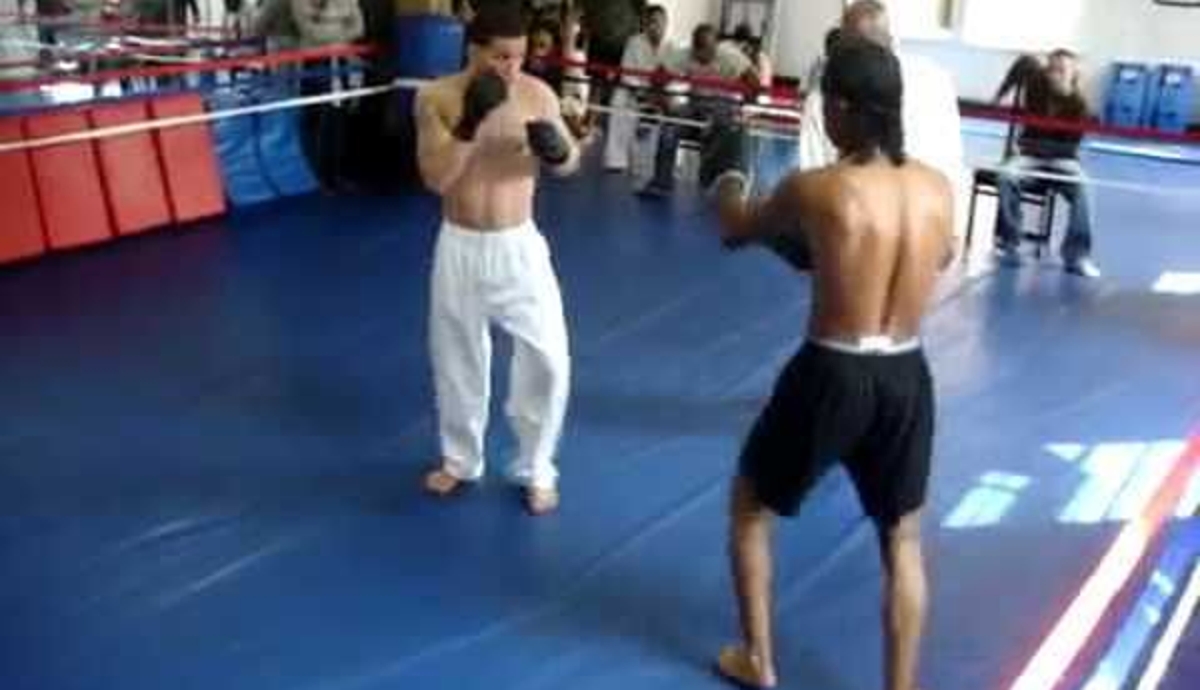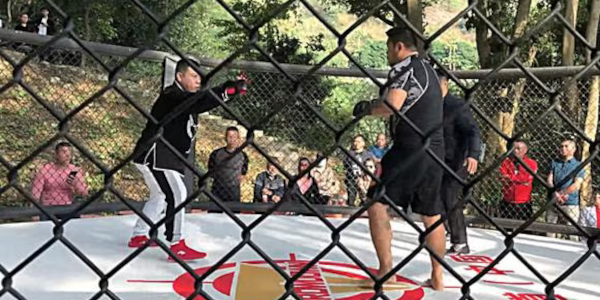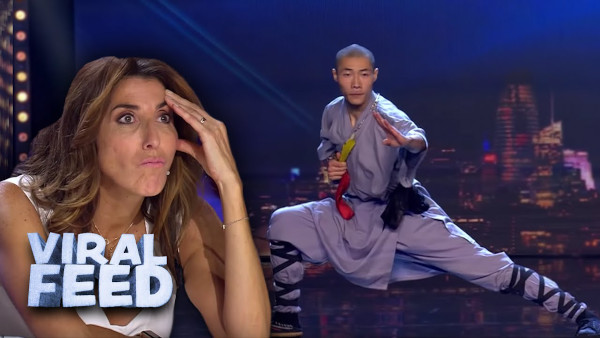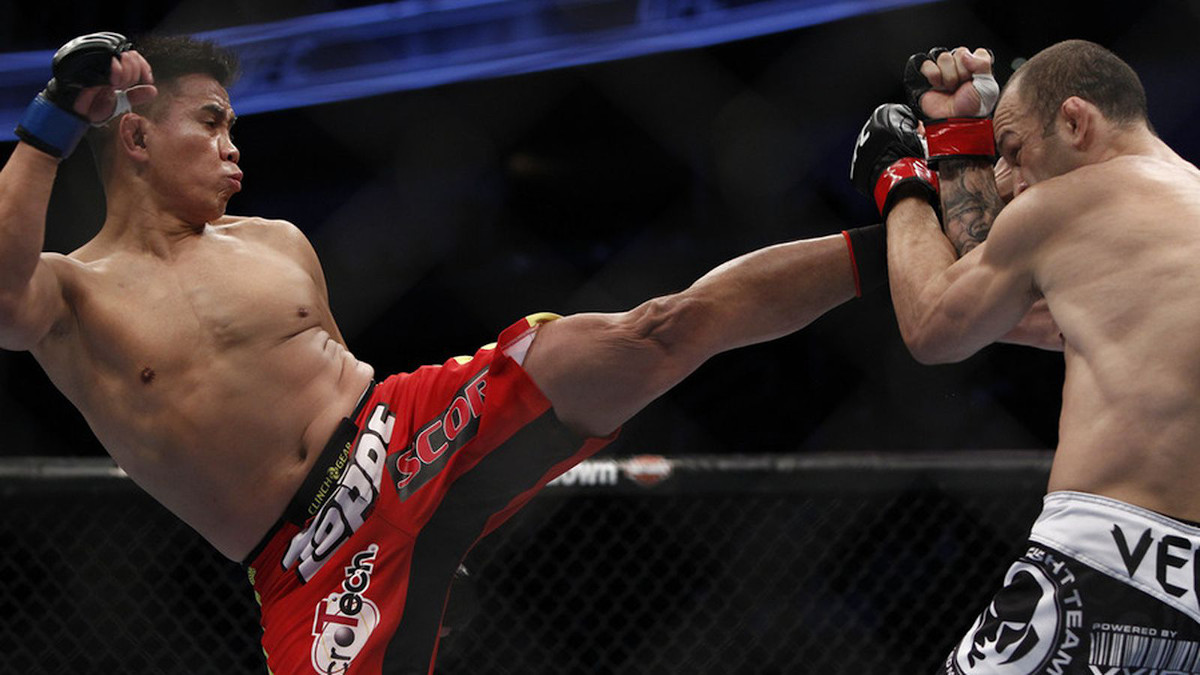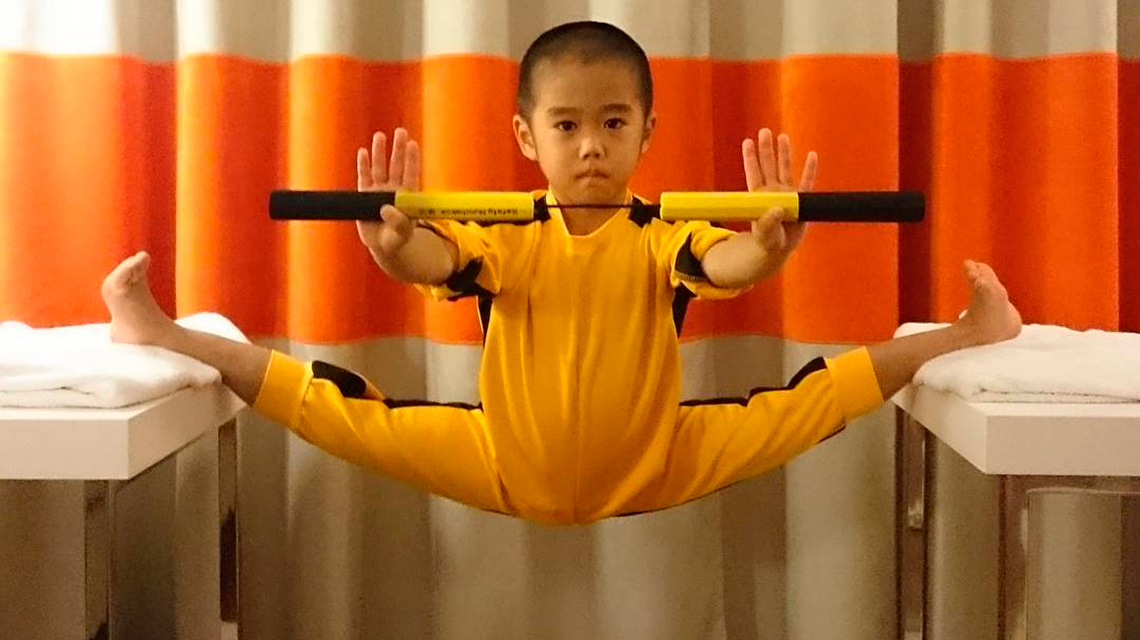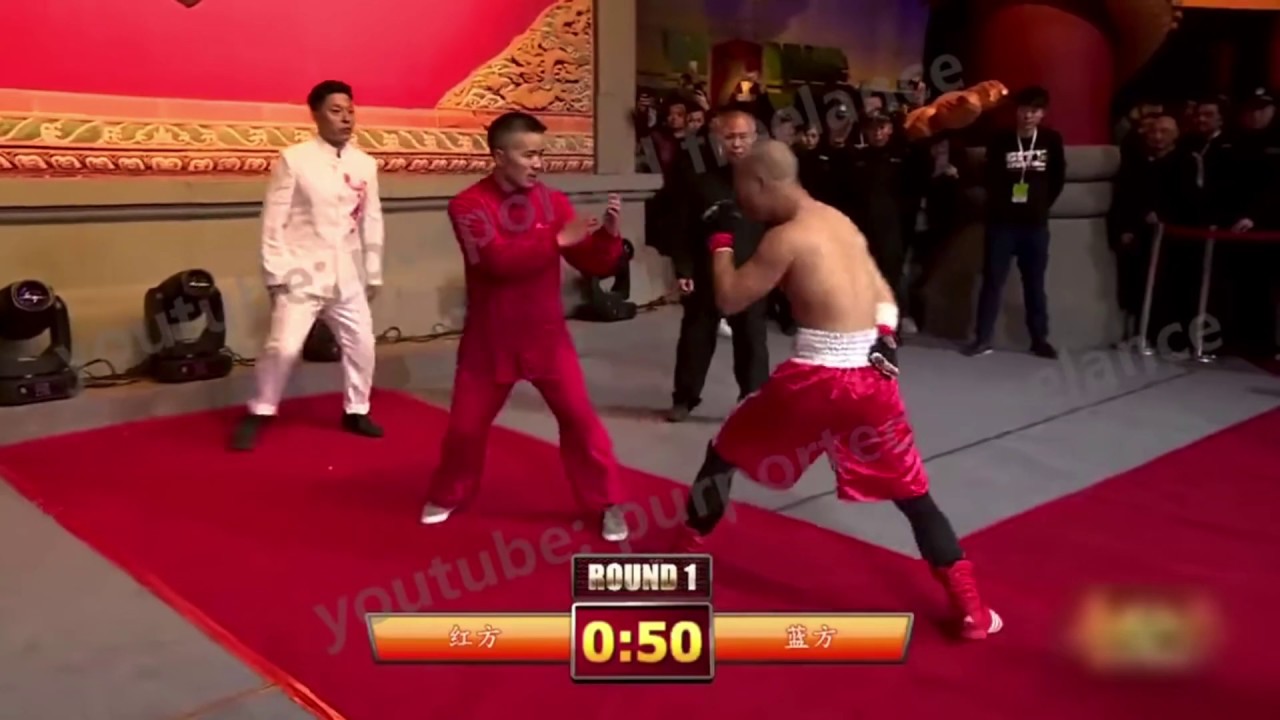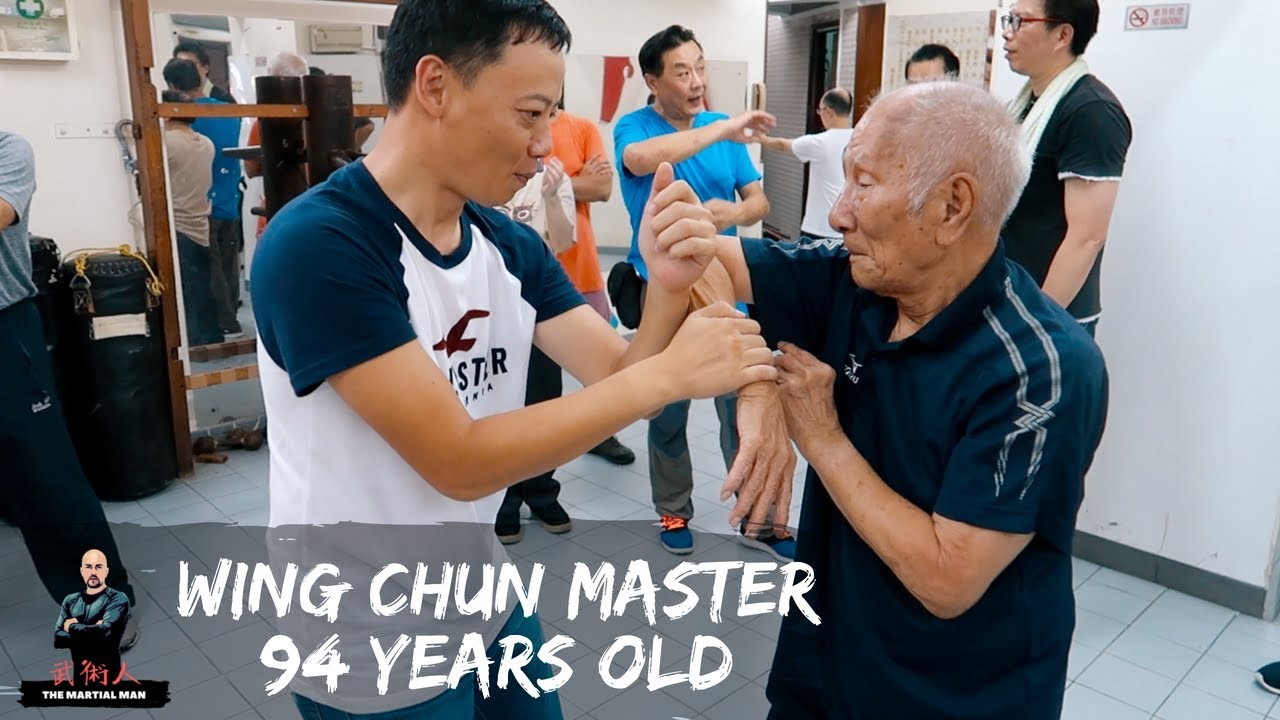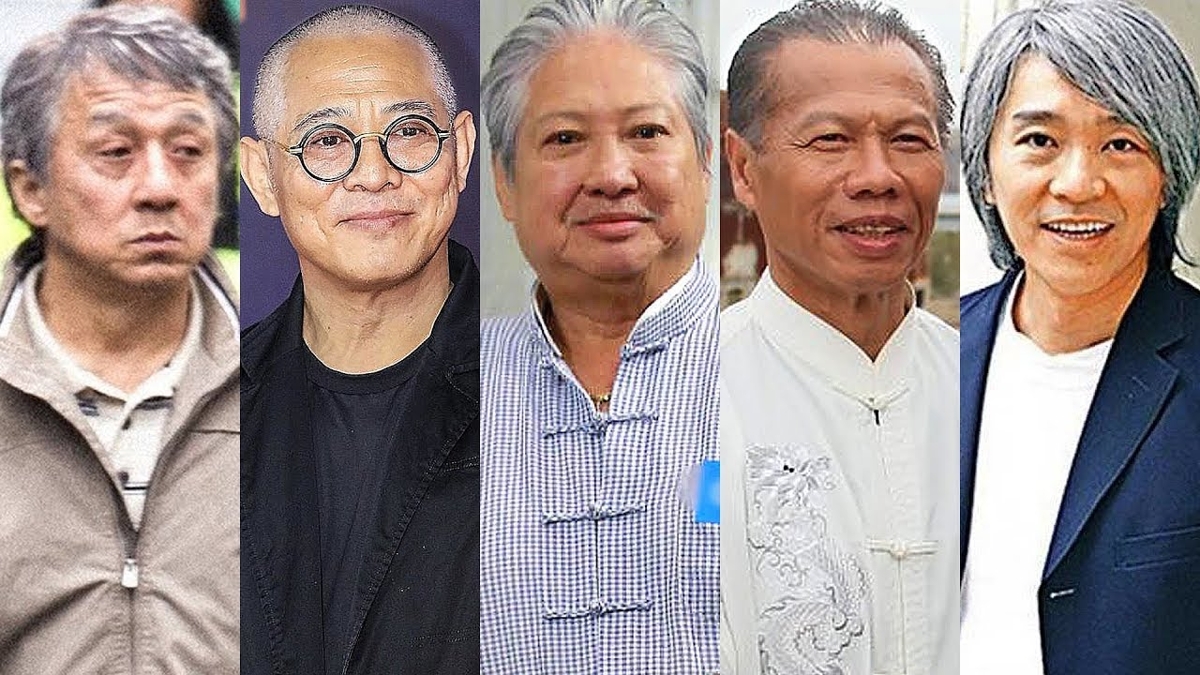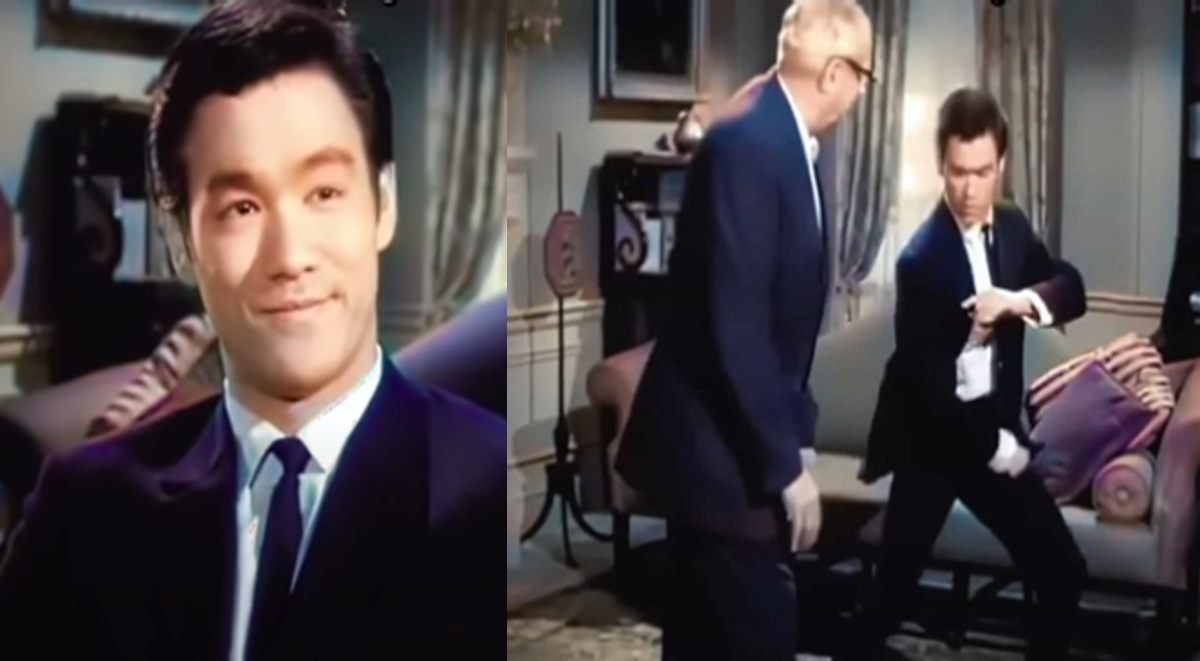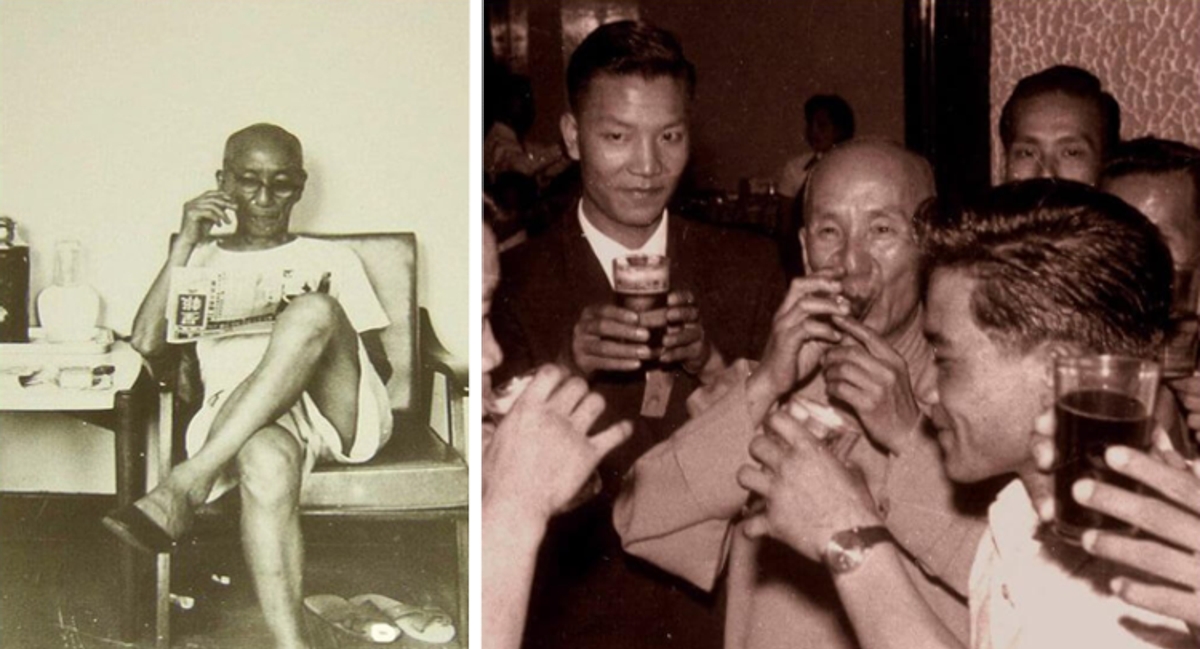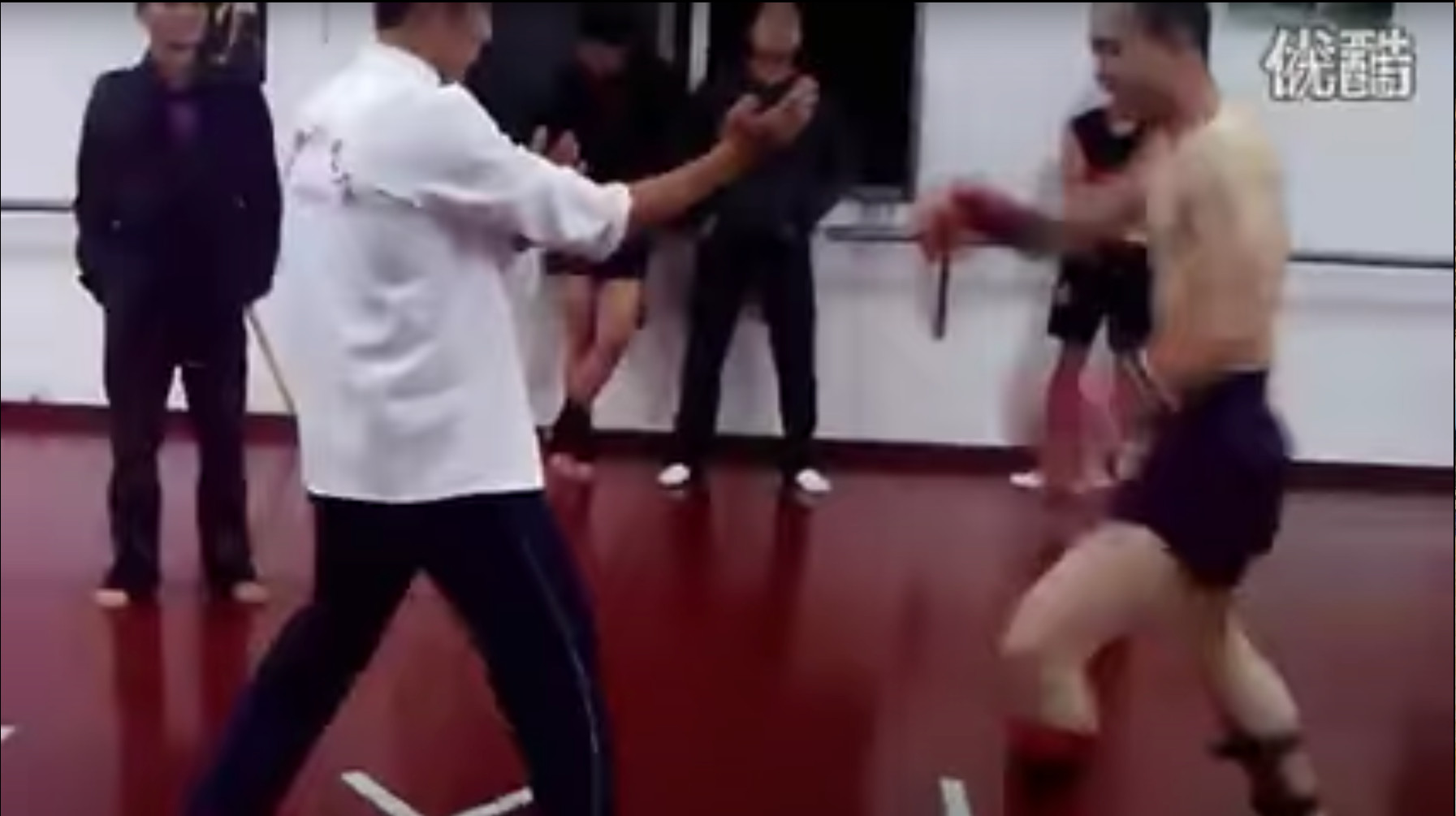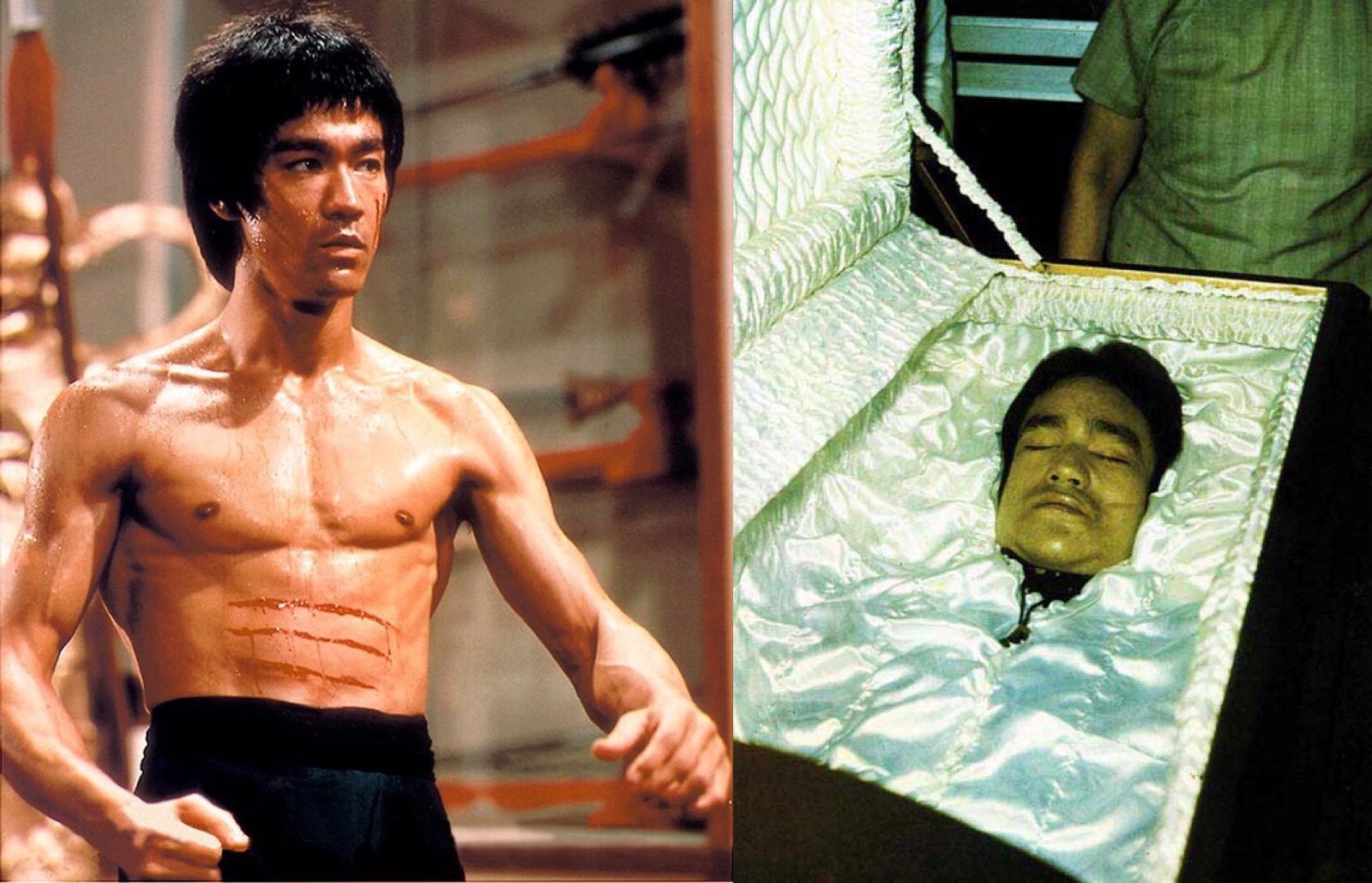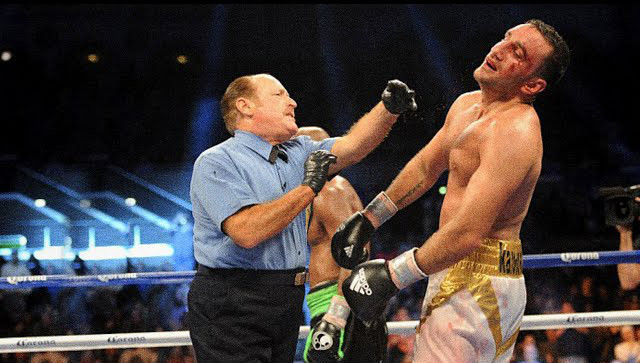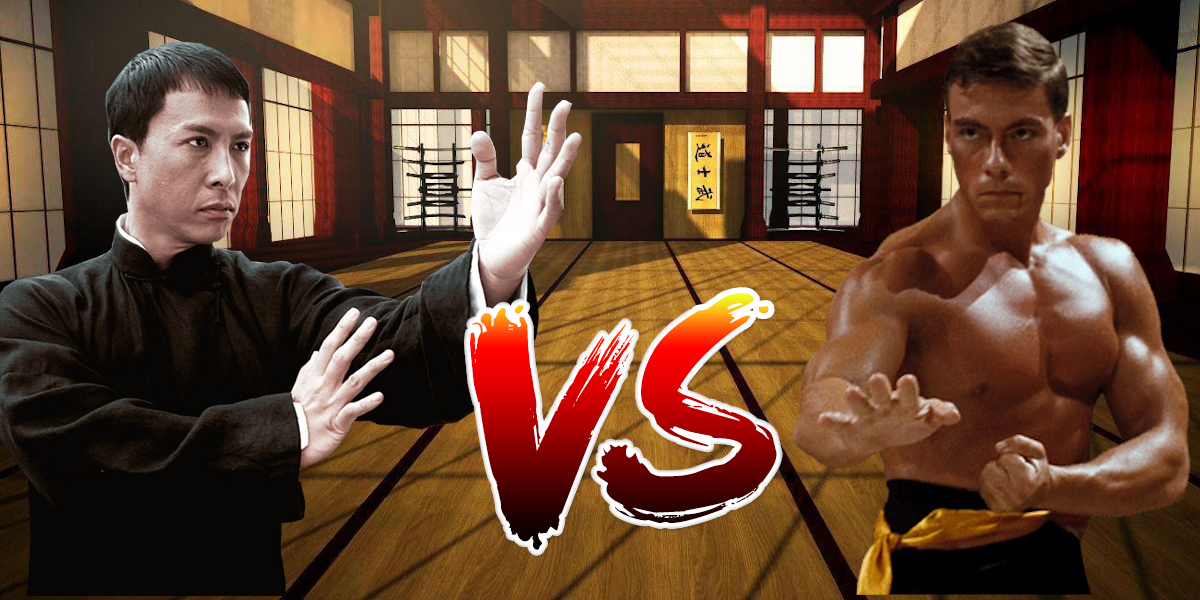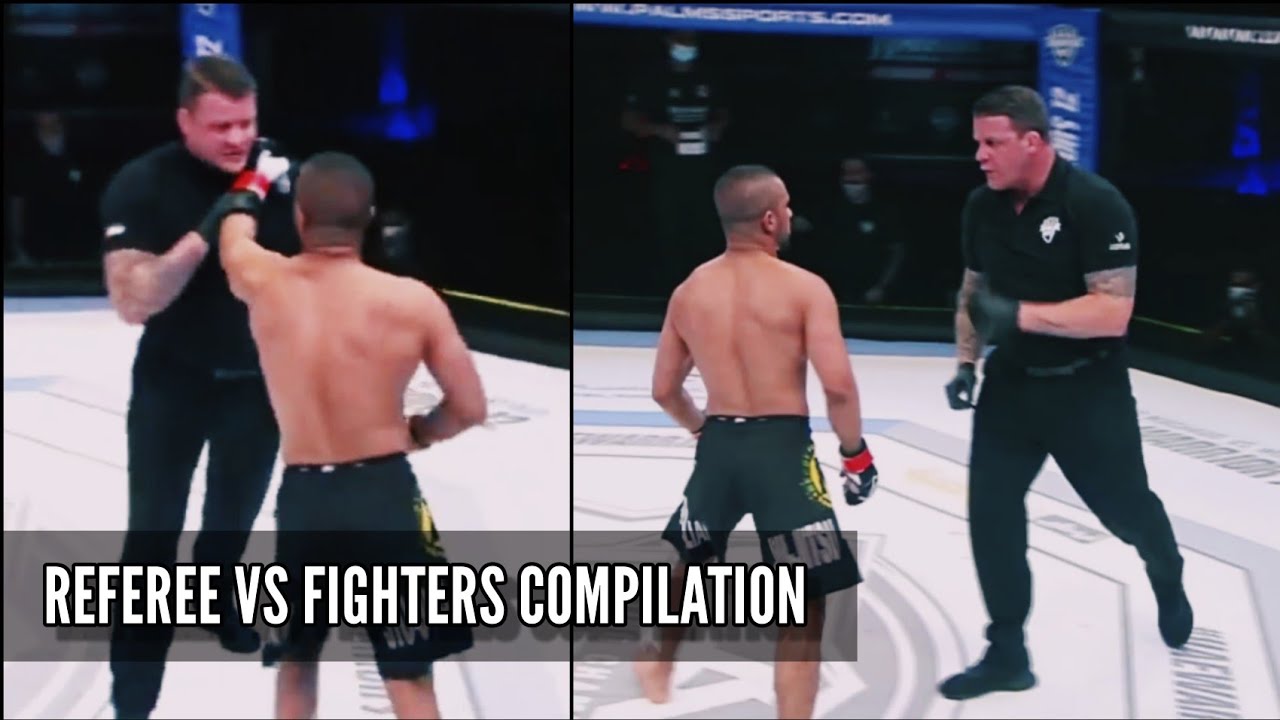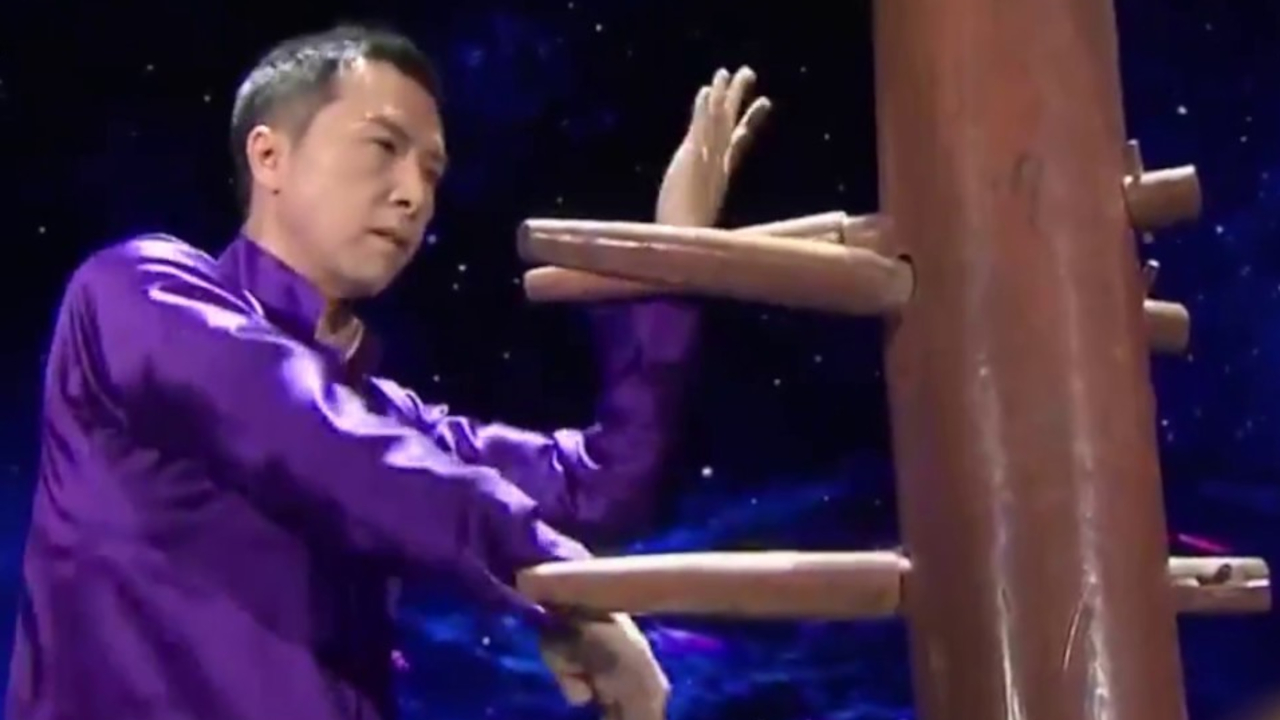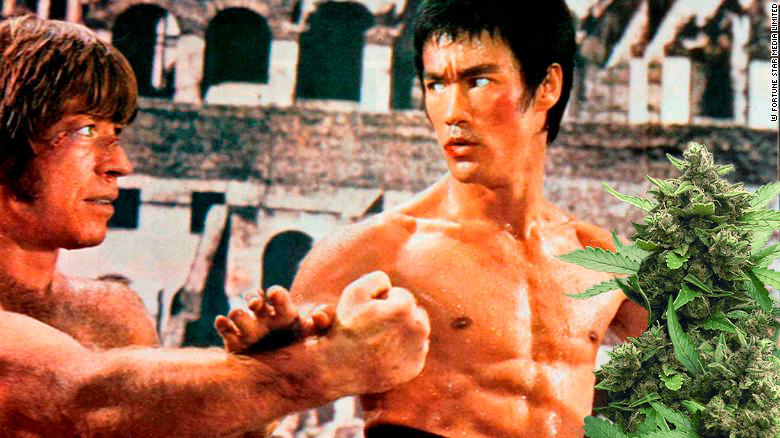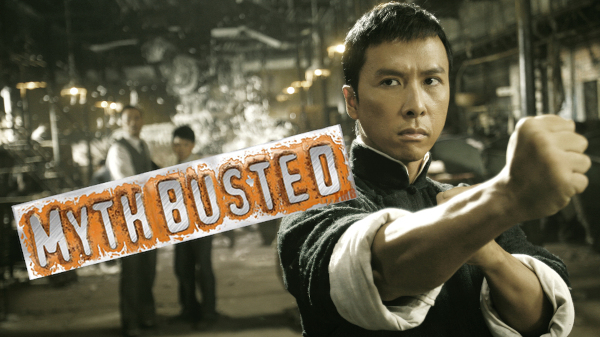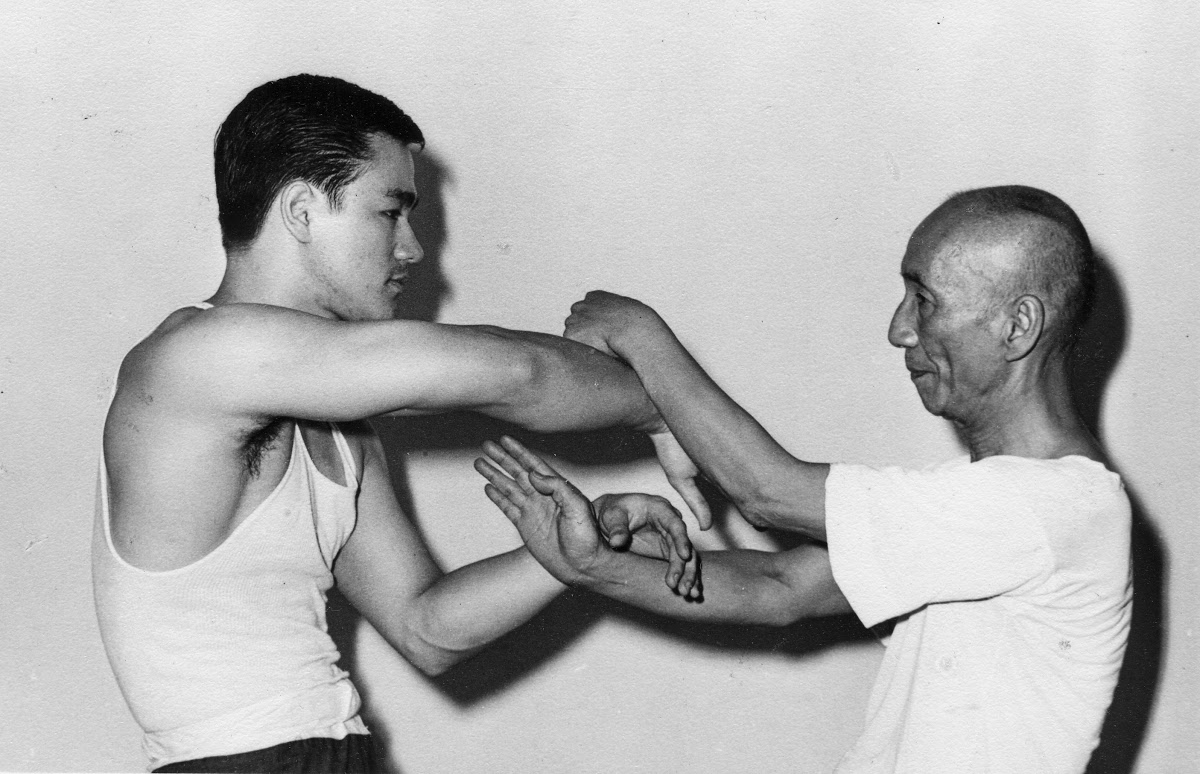Wing Chun in a Street Fight
Reading time: 8 minutes
Are you looking to understand the advantages of Wing Chun in a chaotic street fight, or are you just an enthusiast of martial arts who is simply browsing? In any event, we will be discussing an intriguing issue: does Wing Chun truly have an application in a street fight when the other individual is out of control?
The Beginnings of Wing Chun
Wing Chun is a martial art that has a long and interesting history. It is believed to have originated in the southern Chinese province of Guangdong during the late Ming Dynasty. It is said that the art was created by a Buddhist nun named Ng Mui. Ng Mui taught the art to a young girl named Yim Wing Chun, who used it to defeat a local warlord when he tried to force her into marriage. Since then, the art has spread around the world and is now practiced by millions of martial arts enthusiasts.
Did you realize that Wing Chun is a very modern type of Kung Fu? If not, you do now. This style of martial arts has been around for 300 years and is still growing. This is especially true in Southern China, where it is beloved.
Ng Mui, a Buddhist monk who lived in the late King Dynasty, was the one who developed Wing Chun. Ng Mui is now considered one of the best fighters that ever lived. She created the style of Kung Fu in such a way that balance is more important than strength.

The history of Wing Chun Kung Fu is a long and storied one. It traces its origins back to the Shaolin Temple in China and was developed by a nun called Ng Mui. It has been passed down through generations of practitioners ever since, and today is one of the most popular martial arts in the world.
The great thing about Wing Chun is that it doesn't rely on imitation. This martial art doesn't require one to replicate animal movements to attack or protect themselves. Rather, it teaches one to remain composed, balance their body and use energy effectively.
Yip Man
Yip Man, the renowned martial artist, was a master of the Wing Chun style of Kung Fu. He was responsible for introducing this style to the world, having taught many famous students, such as Bruce Lee.
Yip Man, otherwise known as Ip Man, is renowned as the Grandmaster of Wing Chun. This martial art was on the brink of extinction when he brought it back to life in 1948. He is acknowledged in the martial arts world as a legend and is the one who taught Bruce Lee the same art when he was a boy. Thus, if you practice Wing Chun diligently, no one will be able to stop you.

Can Wing Chun be utilized in a physical altercation? Indeed, the answer is affirmative. It was designed to be applied in real-life situations such as when one is subjected to bullying or is about to be engaged in a street fight. Wing Chun is a sort of close combat martial art and its core components are balance, strikes, and kicks. To fully comprehend if it is really effective, one must learn its fundamental principles, concepts, and techniques.
The art of Wing Chun kung fu can be traced back to the teachings of Ip Man. This martial art has been passed down for generations and is still practiced today. It is a style of kung fu that is renowned for its effectiveness and efficiency.
I stated previously that Wing Chun is a close combat martial art with a heightened focus on rapid punches and kicks. The art consists largely of defense, requiring the practitioner to use their opponent's momentum to their advantage. To master it, a significant amount of time must be invested, as the person must retrain their reflexes to perform blocks and counters with grace and smoothness.
The Center Line Concept
The Center Line Theory is an idea that proposes that there is a central line located within each object or object-like structure. This line is said to be the most important part of the object and is used to determine the "center" or "core" of the structure. The concept further proposes that the center line is the most important factor in determining the overall shape and form of the object. By analyzing the center line, one can gain an understanding of the object's overall structure and form.
The most vital teaching of Wing Chun is the Center Line Theory. This rule explains the defense and offense region, as well as how to maintain balance. It states that the midsection of the body, from the legs all the way up to the chest, is the most exposed area. So, it should be shielded by keeping the hands a bit below the chest while attacking the opponent's core. The Center Line Theory is what constitutes the classic Wing Chun stance.
Preservation of Energy
The concept of conservation of energy can be rephrased as the preservation of energy. This means that energy can neither be created nor destroyed, but rather it can be transferred or converted from one form to another. This law dictates that the total amount of energy in a closed system remains constant.
Energy efficiency is an essential part of Wing Chun. Don't expend too much energy in combat, and exploit your foe's energy by redirecting their strikes. It is important to remember to move the least amount of distance in the smallest amount of time in order to conserve energy.
Maintain a Sense of Calm
When it comes to Wing Chun, the focus is on redirected and smooth strikes. To be successful, one must learn to remain calm in all different scenarios, including during a fight. This can be achieved by retraining one's muscle memory to respond to calm and relaxed triggers. Of course, it takes time to do this.
Your Reactions Matter

It is essential to take note of the importance of having quick reflexes. Your reactions to certain situations can have a major impact on the outcome. Therefore, having reflexes that are sharp and ready to respond is crucial.
Reflexes are essential if you want to excel in fighting or even protect yourself. If your reflex time is slow, the reflex is the only way to make it through a fight. What made Bruce Lee so special? Some people would say it was his Jeet Kune Do. But it was also his reflexes.
Compete with your Opponent
To be successful in a fight, you must be aware of the style of the person you are up against. If it is a professional or novice fighter, you must adjust to its approach. Wing Chun's most significant approach is to stay defensive and wait for the opportune moment to be aggressive. Furthermore, you should take into account the physical environment. Where the fight is taking place, whether indoors or outdoors, on a table, in the rain, or in the sunshine, are all factors to consider. You must be able to be as adaptive as a chameleon.
Varied Forms
Different forms of forms can be seen in various different ways. There are various styles and methods of expression that can be utilized.

My point about the importance of balance could not have been more emphatic - it matters a great deal. The art of Wing Chun encompasses a number of stances and body positions that need to be perfected, including hand and foot movements. These stances are divided into six parts, namely: Siu Nim Tau, Chum Kiu, Biu Jee, Mook Yan Chong, Luk Dimboon, and Bat Jam Dau. Don't get overwhelmed by the terminology - it's the stances and body movements that require focus, not the names.
Particular Regions
It is said that Wing Chun was created as an efficient means of defense for those who lack core strength or are of advanced age. Rather than just defending oneself, this martial art seeks to incapacitate an opponent by attacking soft-tissue areas such as the eyes, throat, and cheeks. It is important to exercise caution when using such techniques, as they can cause great pain to your adversary.
Exercise Vigilance When Practicing Wing Chun
When starting to learn Wing Chun, it is important to remember that it is a disabling martial art, and one must be aware of the techniques employed in case of any legal issues. The same can be said for any other form of martial arts. It is essential to keep in mind that Wing Chun should be used primarily for self-defense purposes.
Competitors of the Wing Chun Martial Art in Mixed Martial Arts (MMA)
Wing Chun is a great martial art to learn, but it cannot be used in Mixed Martial Arts (MMA) fights because techniques like eye gouging and grabbing are not allowed. As Wing Chun is more of a self-defense technique, it would not gain any points in a competitive MMA setting. Therefore, pure Wing Chun fighters cannot enter the MMA. However, they can still use the techniques in other settings. So, who are the MMA fighters who partially use Wing Chun?
The martial art of Wing Chun Kung Fu is often associated with Mixed Martial Arts (MMA). This connection is due to the fact that Wing Chun is a close-range style of combat and involves many quick, powerful strikes, making it ideal for MMA. It is also considered to be one of the more effective forms of self-defense.
In his practice videos, Tony Ferguson can be seen utilizing the Wing Chun wooden dummy. His fighting style is characterized by a high degree of fluidity and relentless forward pressure, which are both fundamental techniques of Wing Chun. Other high-profile fighters, such as Anderson Silva and Jon Jones, are also practitioners of the martial art.
Thank you. Your comment will be approved shortly.
Comments
Thank you. Your comment will be approved shortly.
Thank you. Your comment will be approved shortly.
Thank you. Your comment will be approved shortly.
Thank you. Your comment will be approved shortly.
Thank you. Your comment will be approved shortly.


